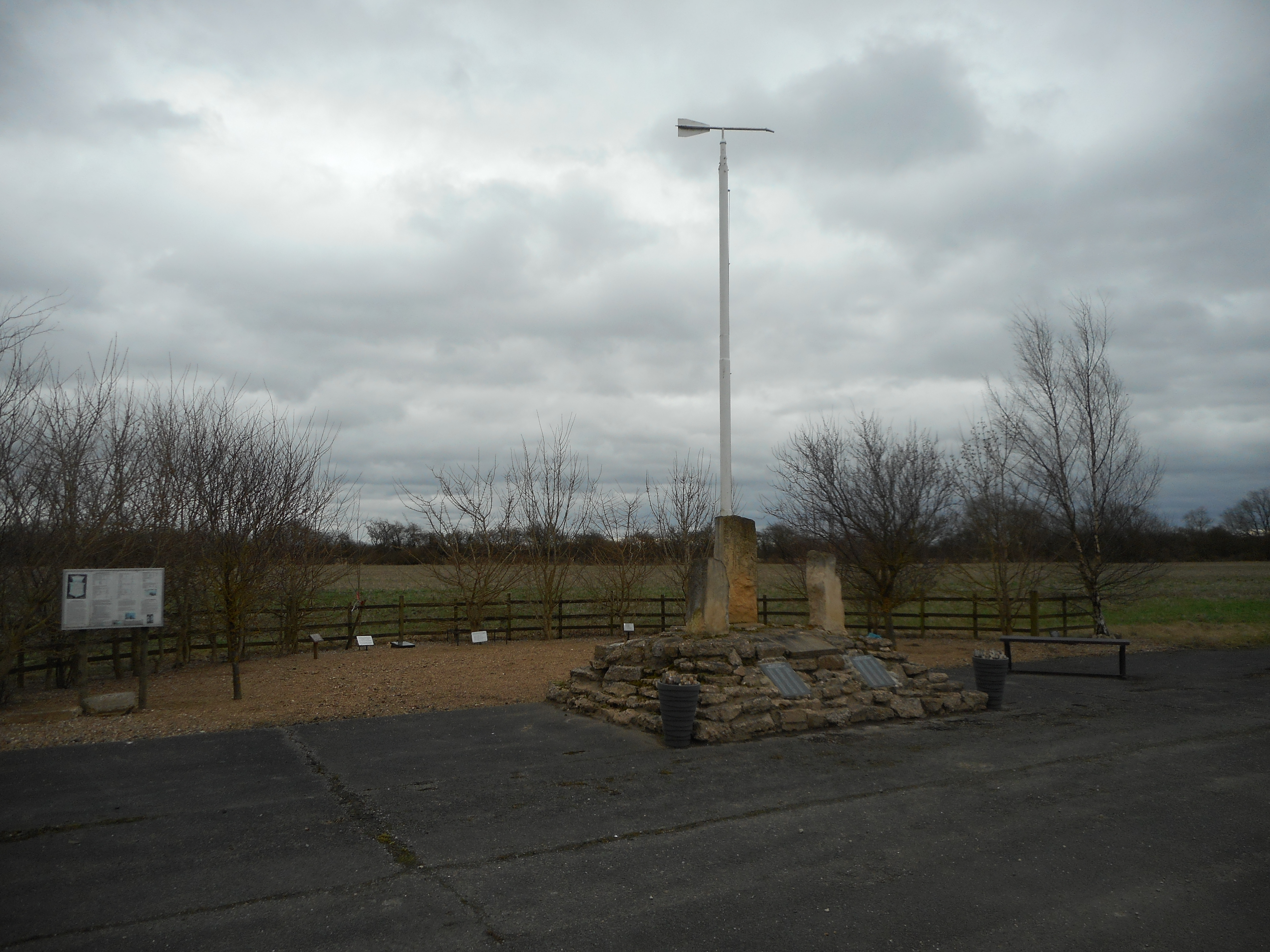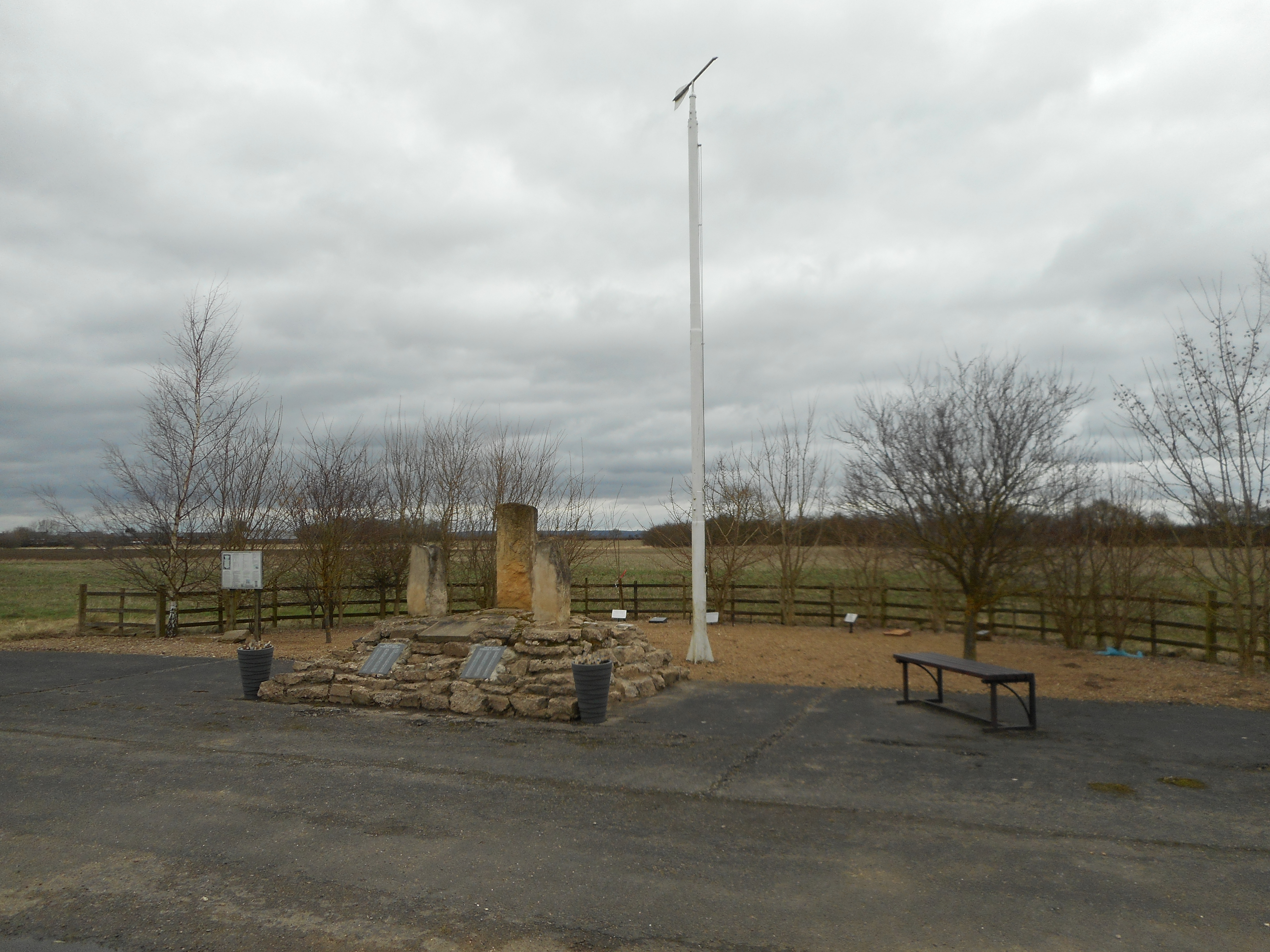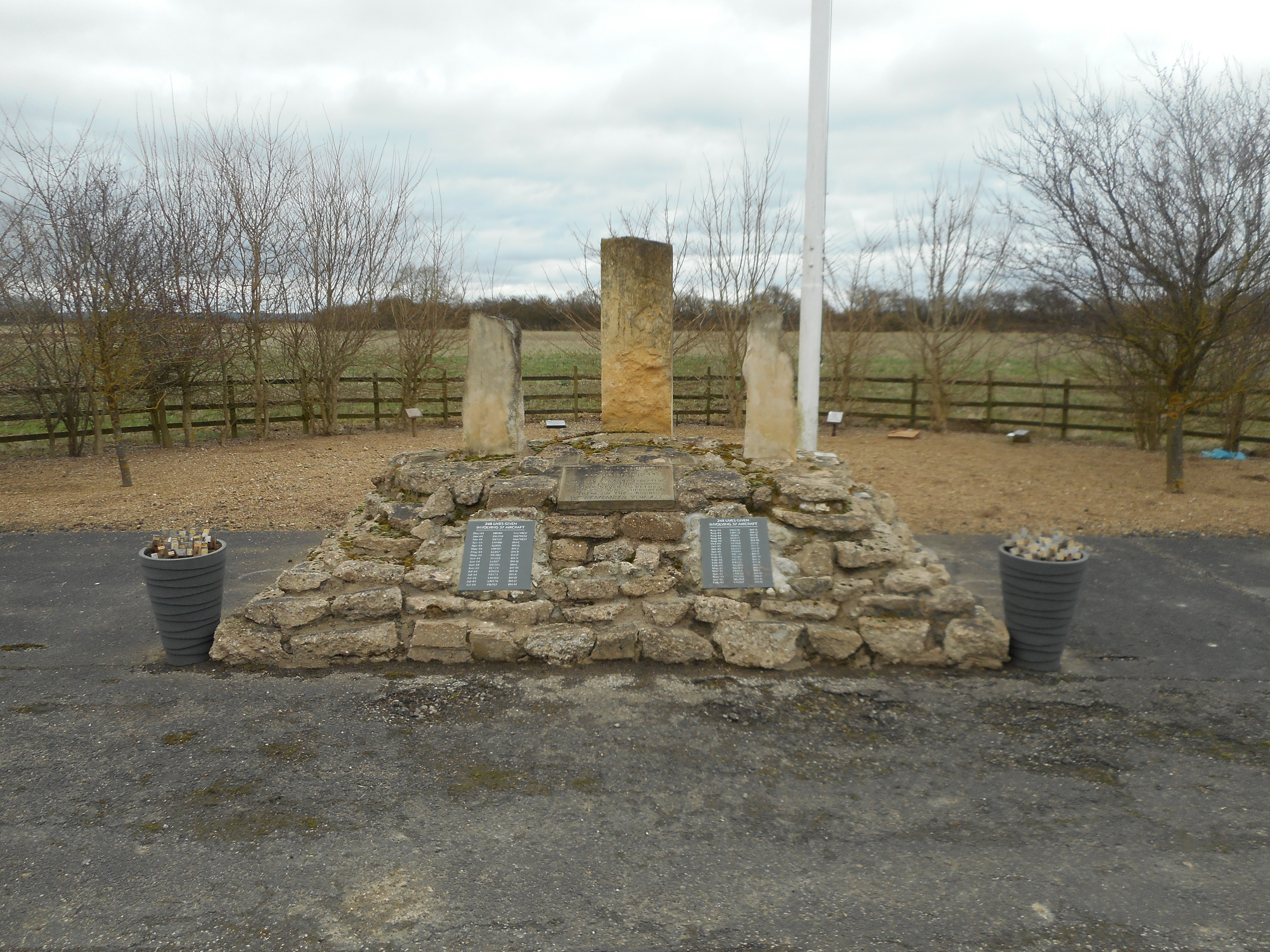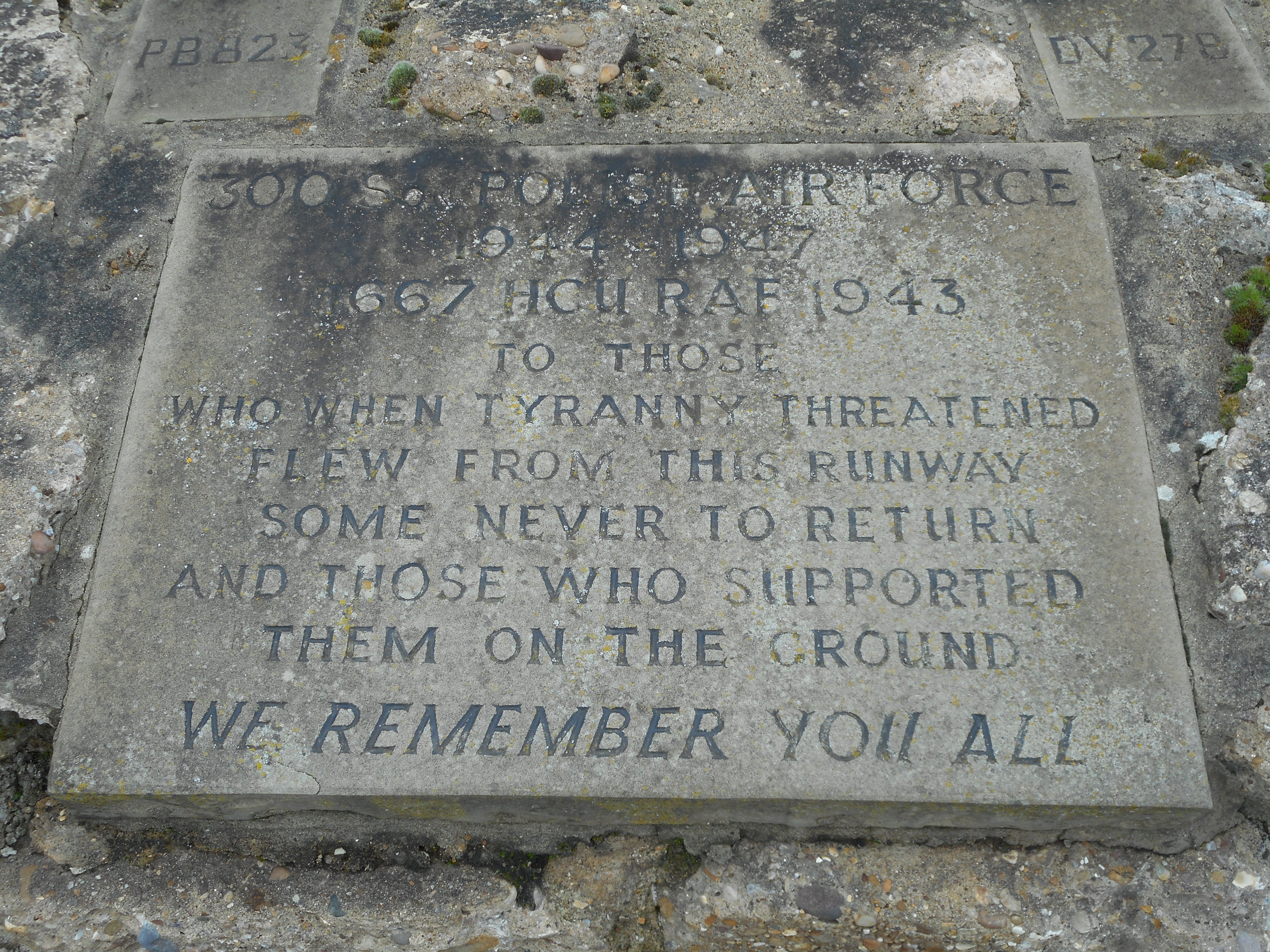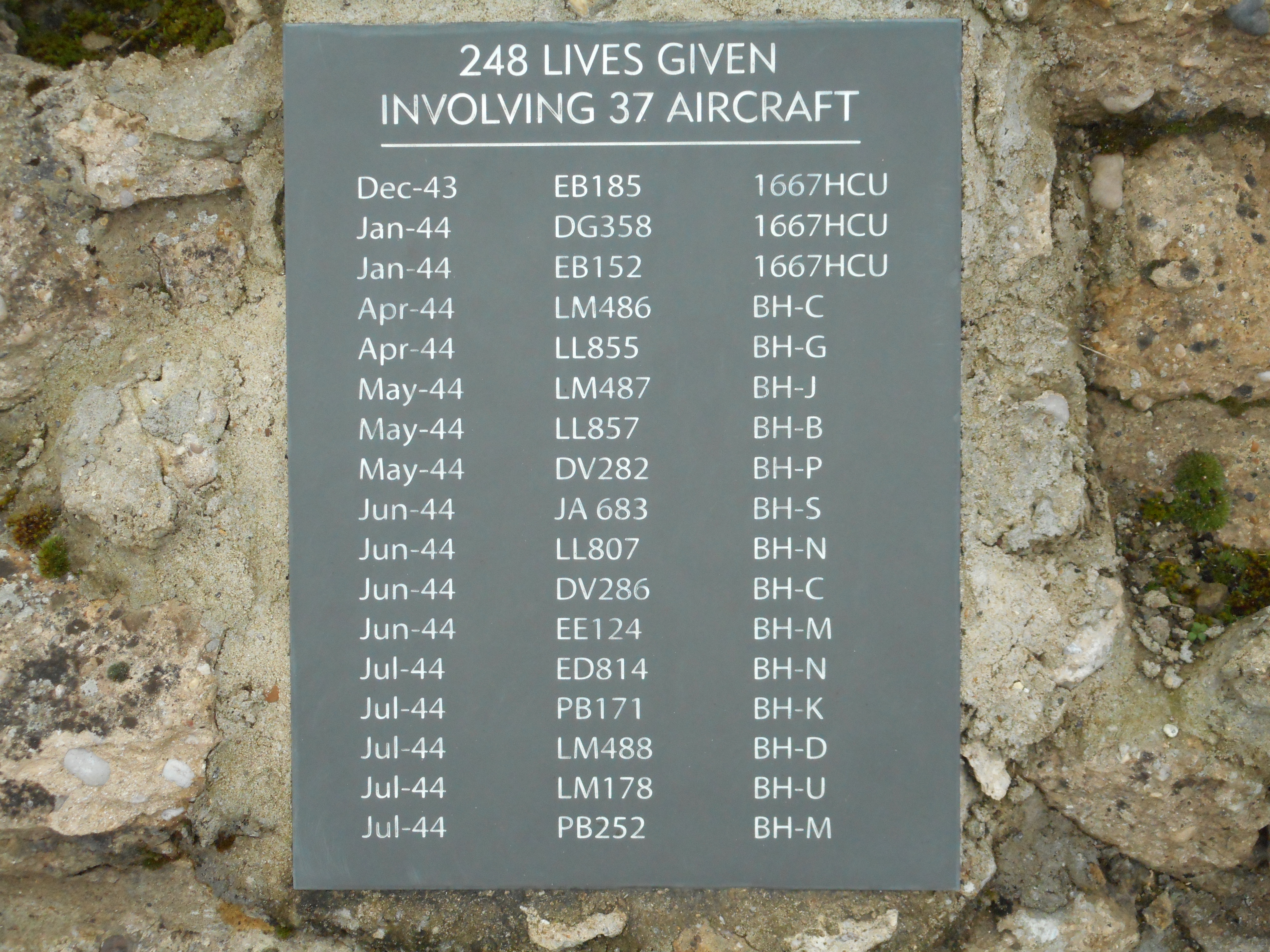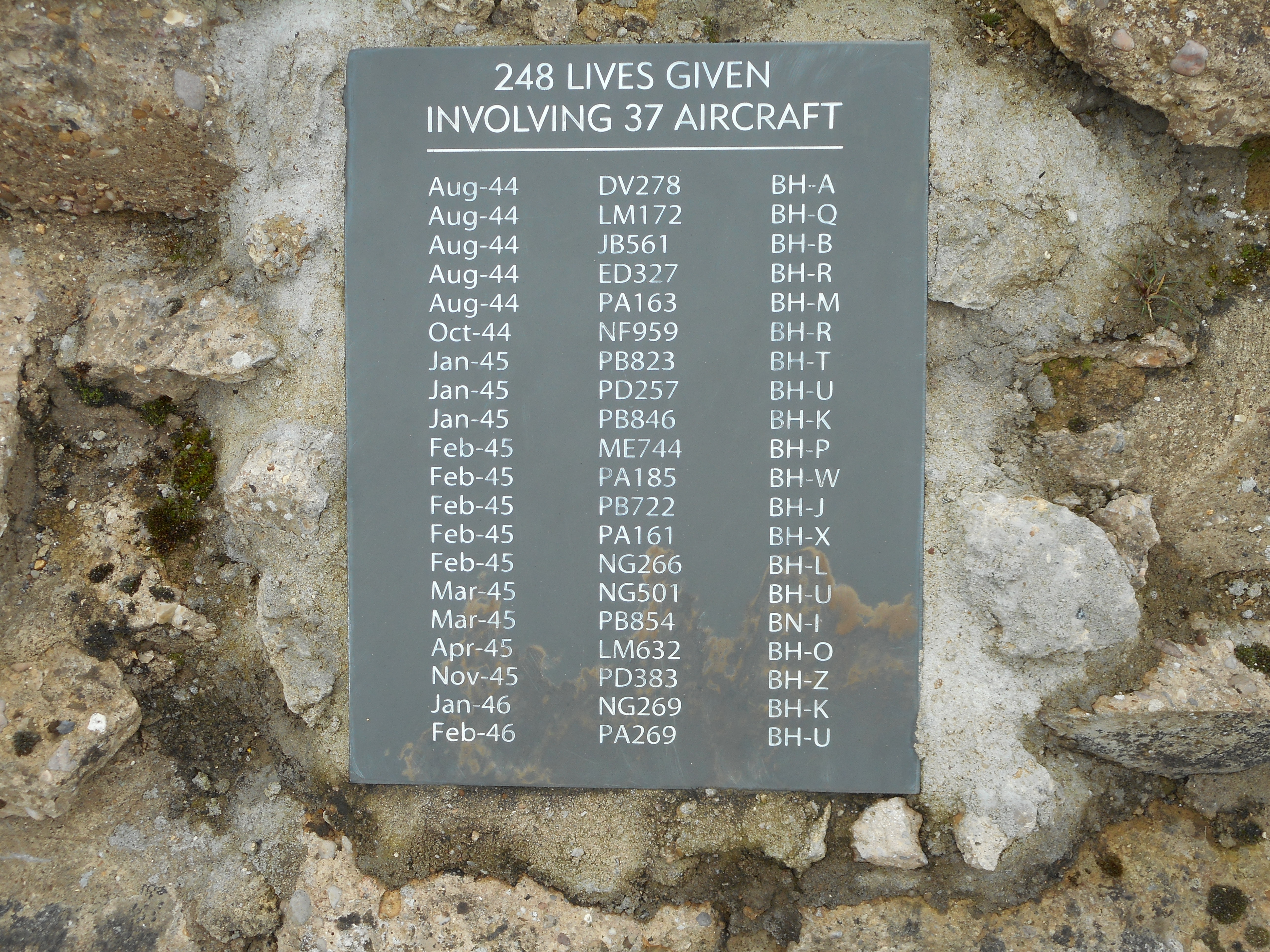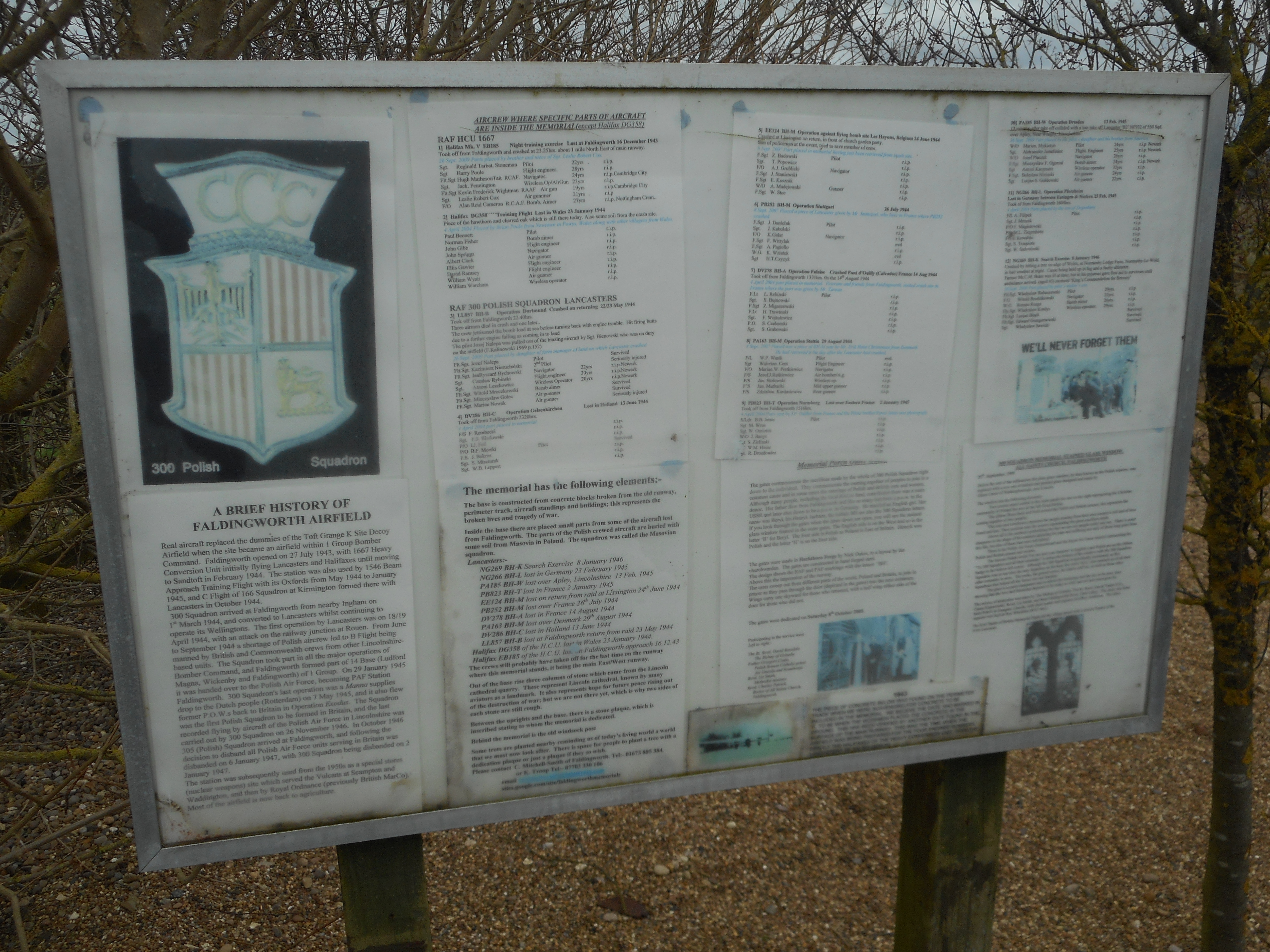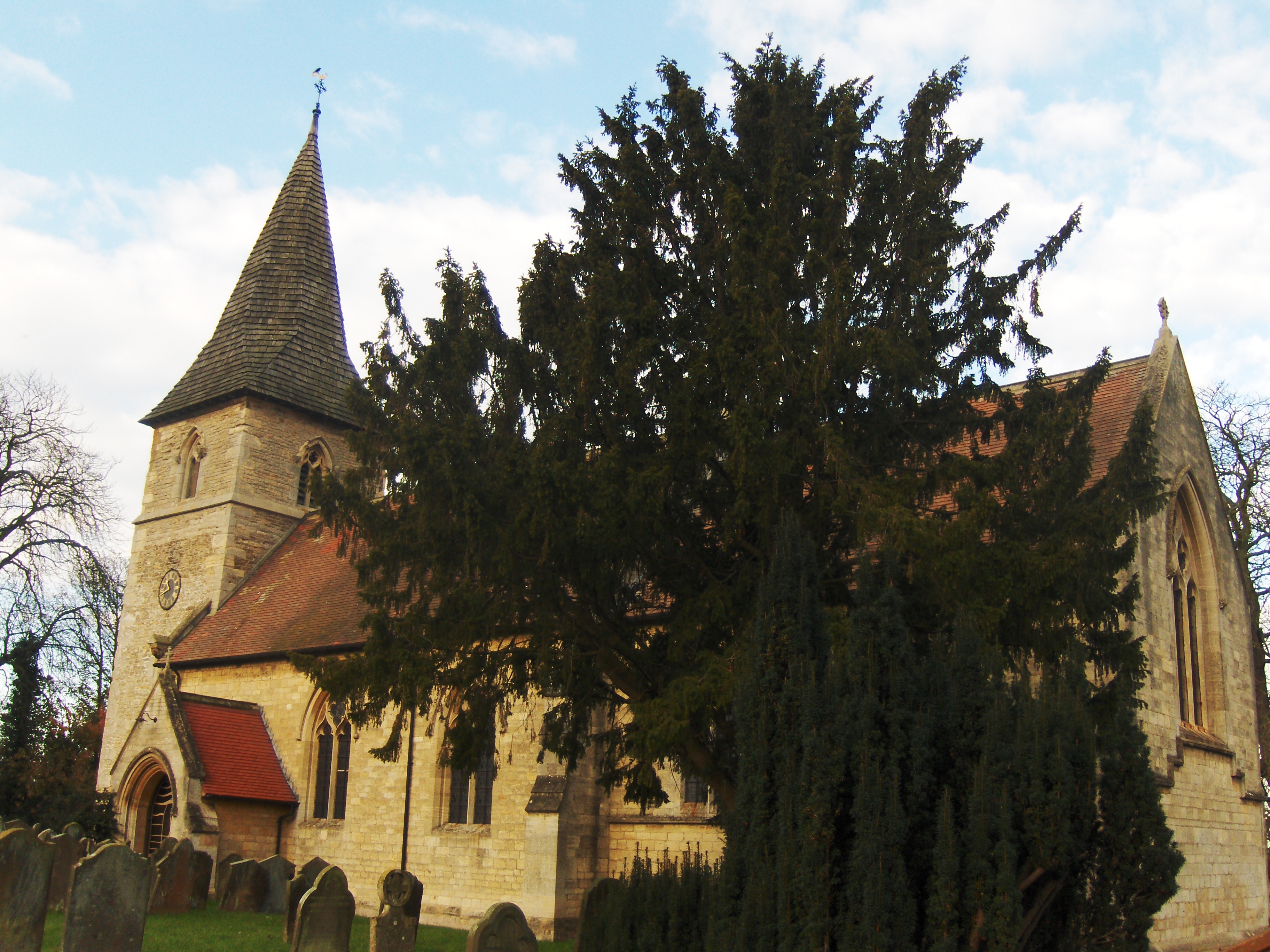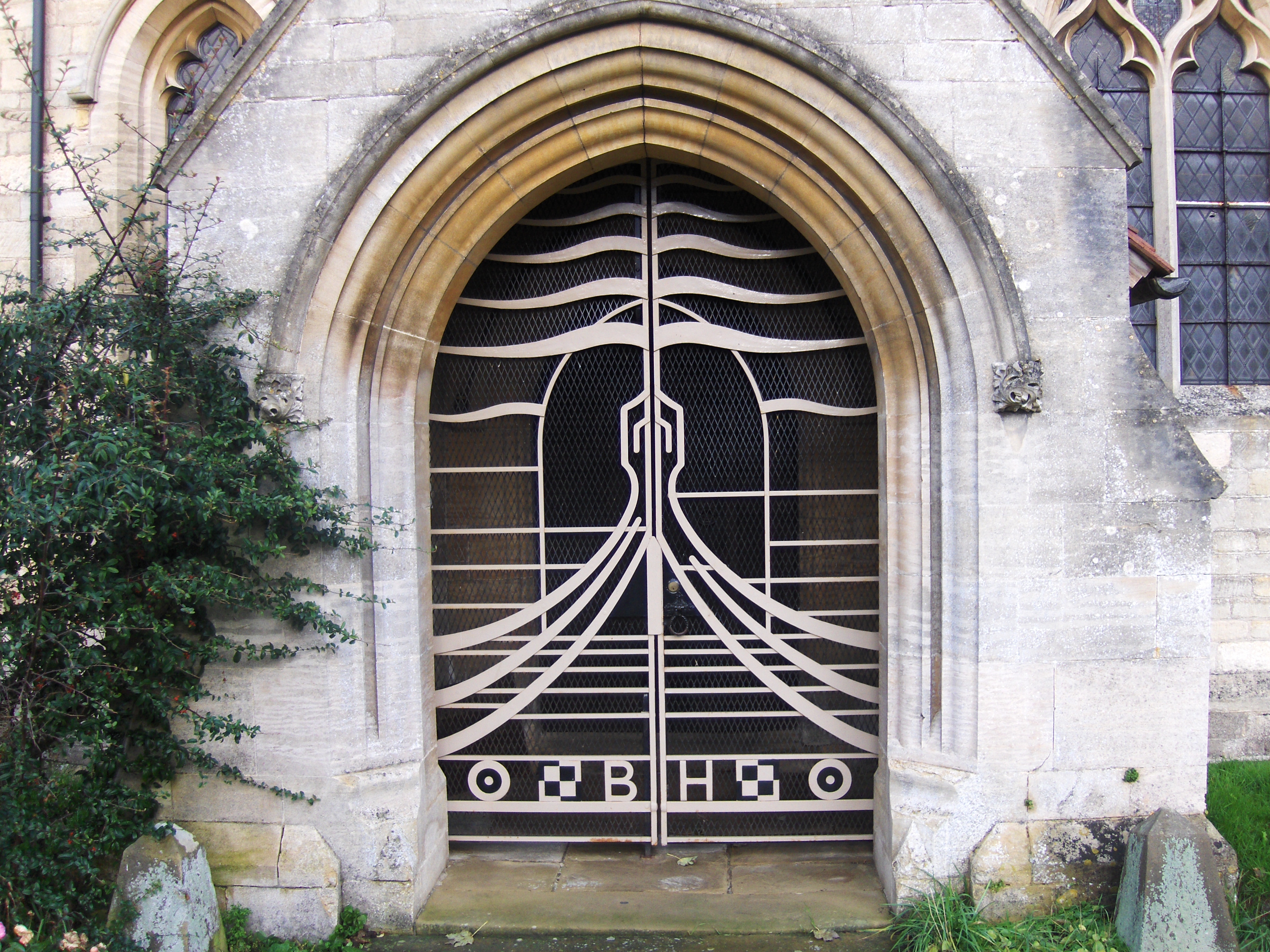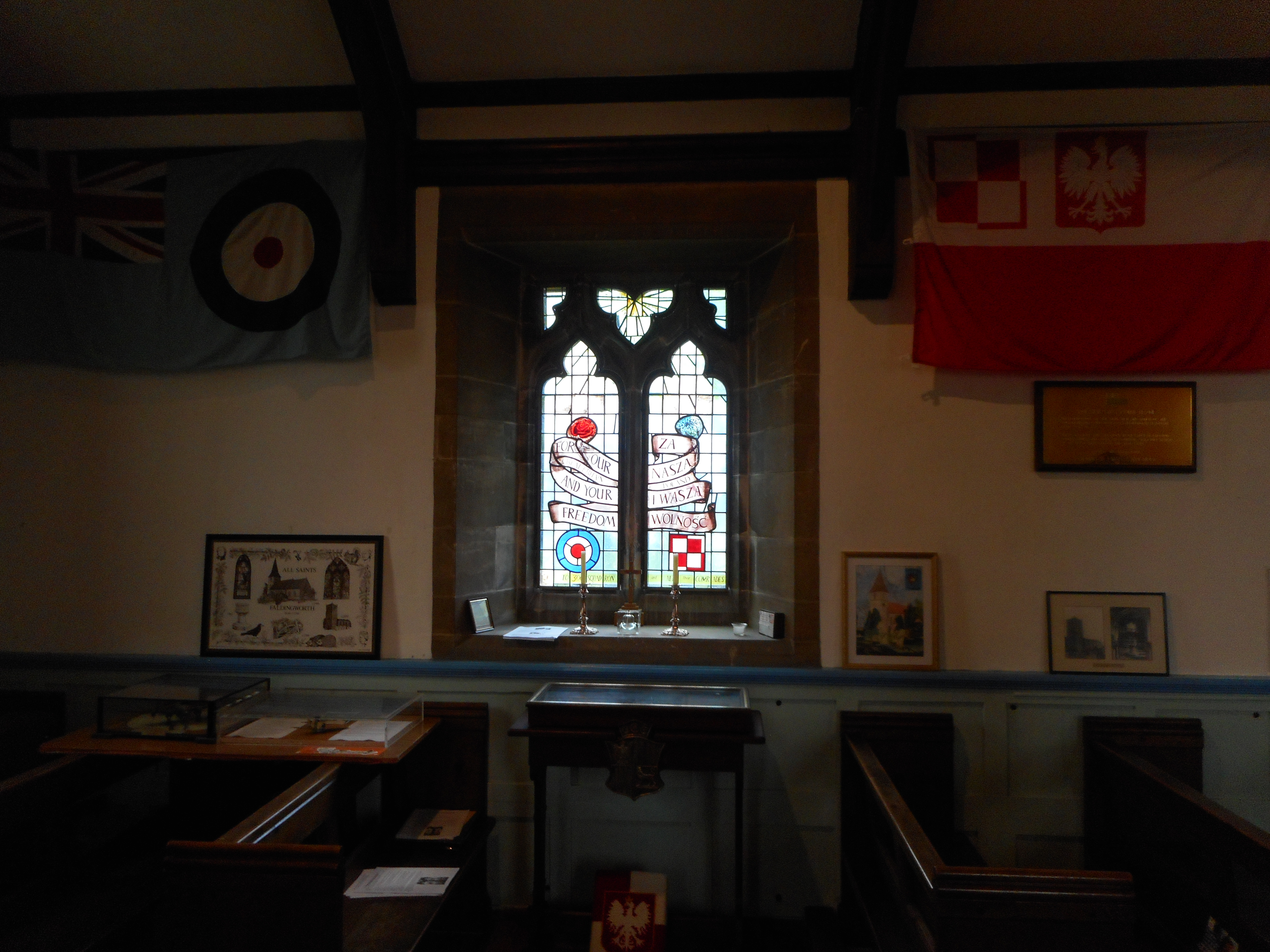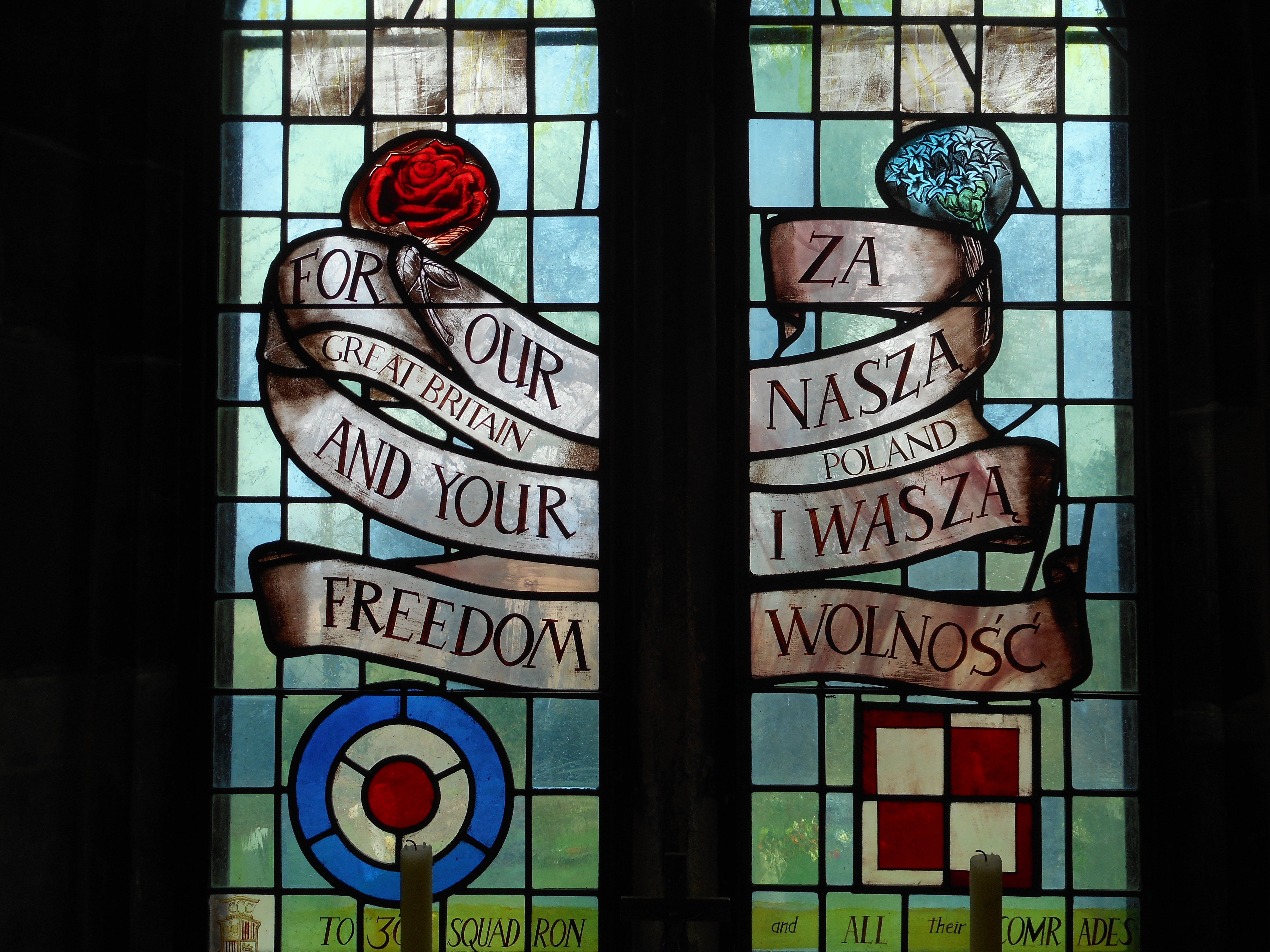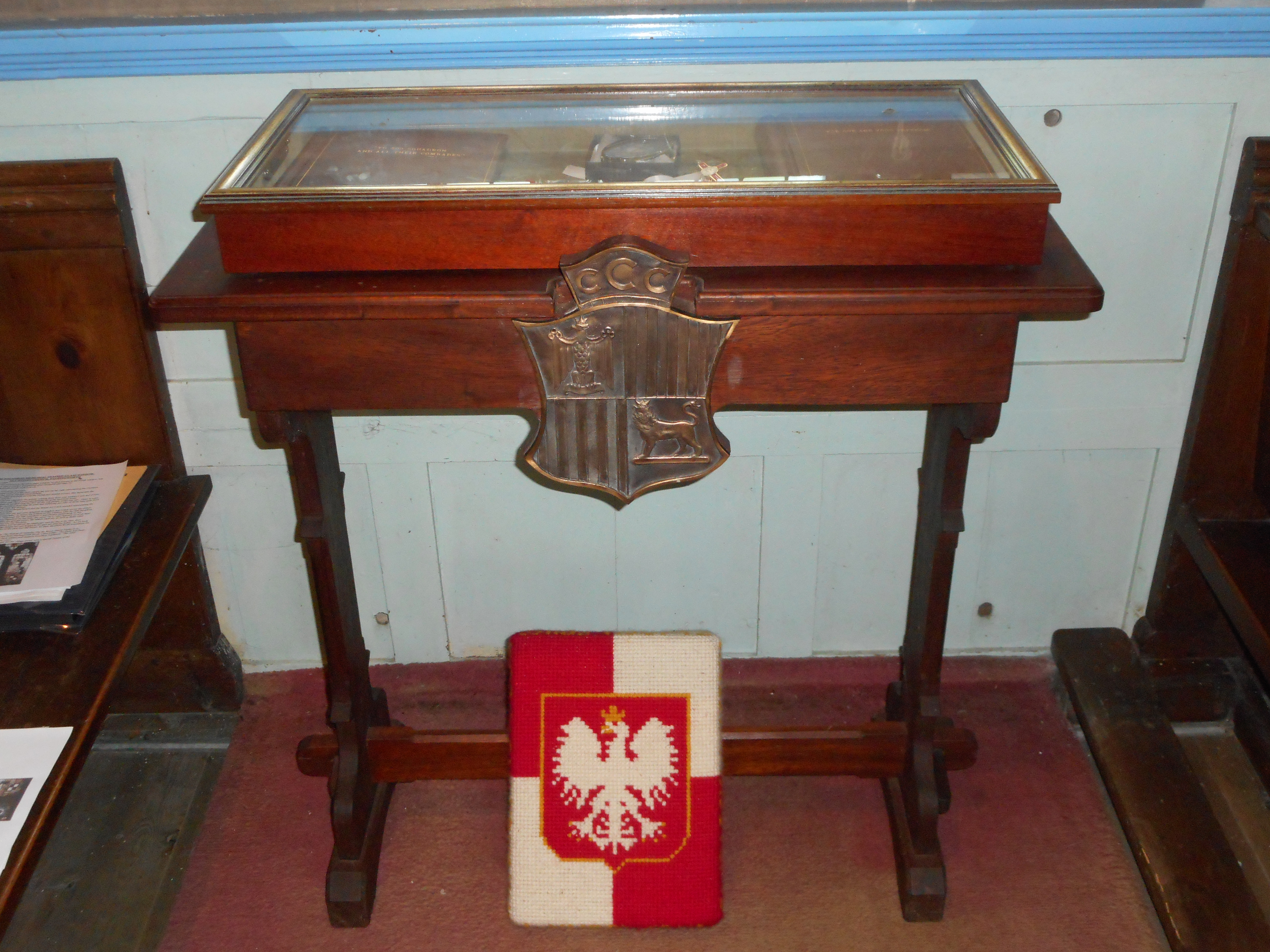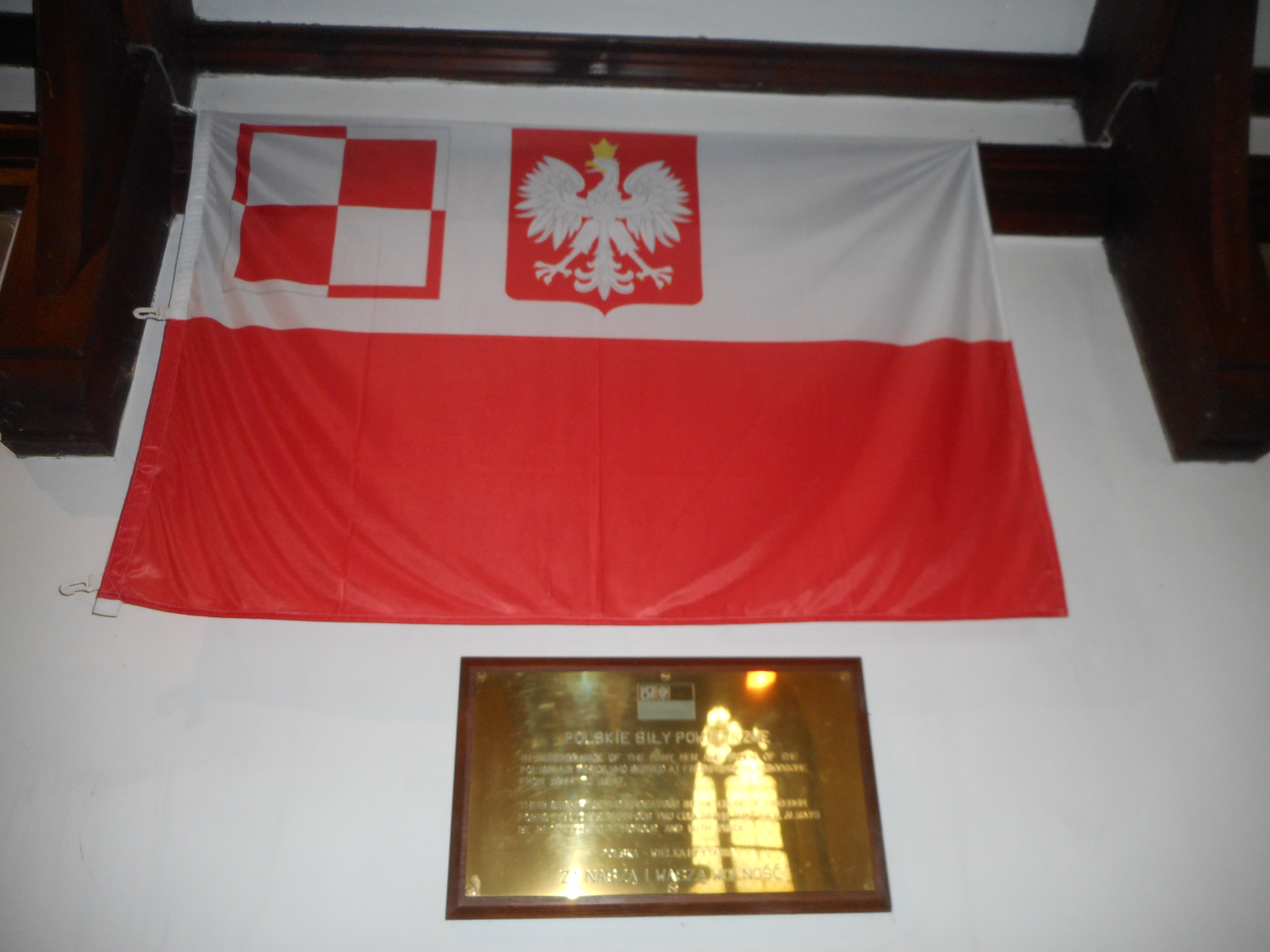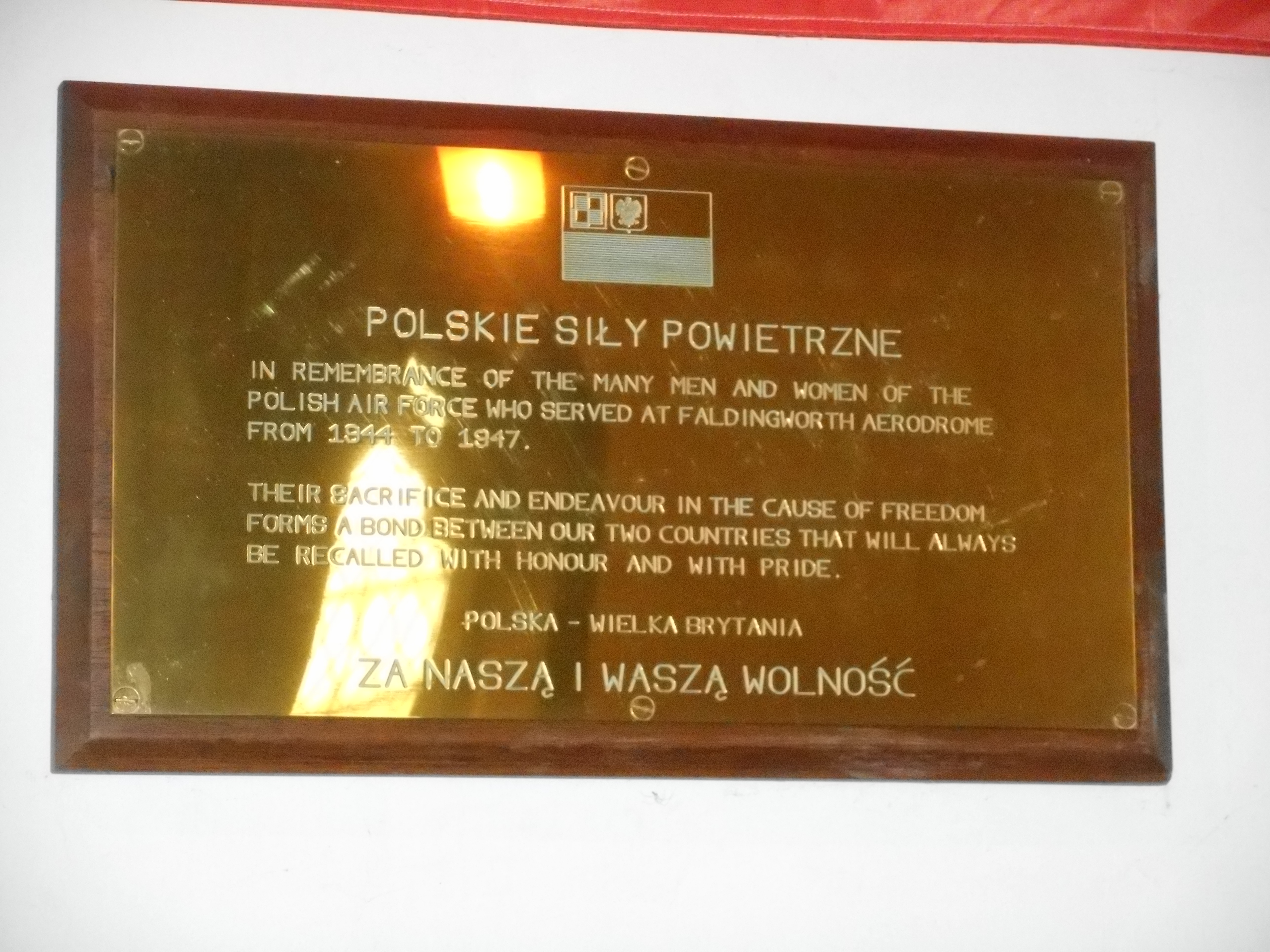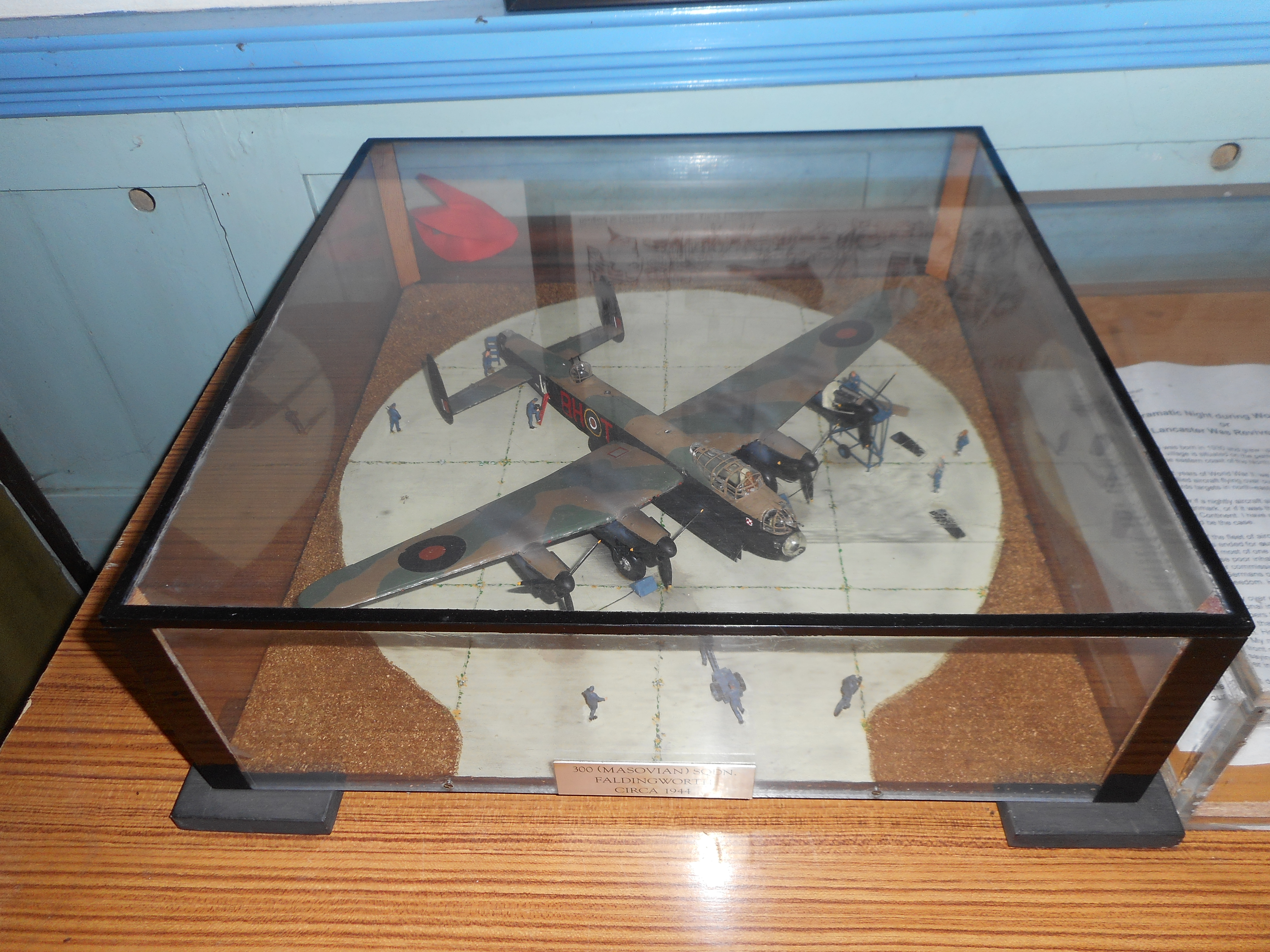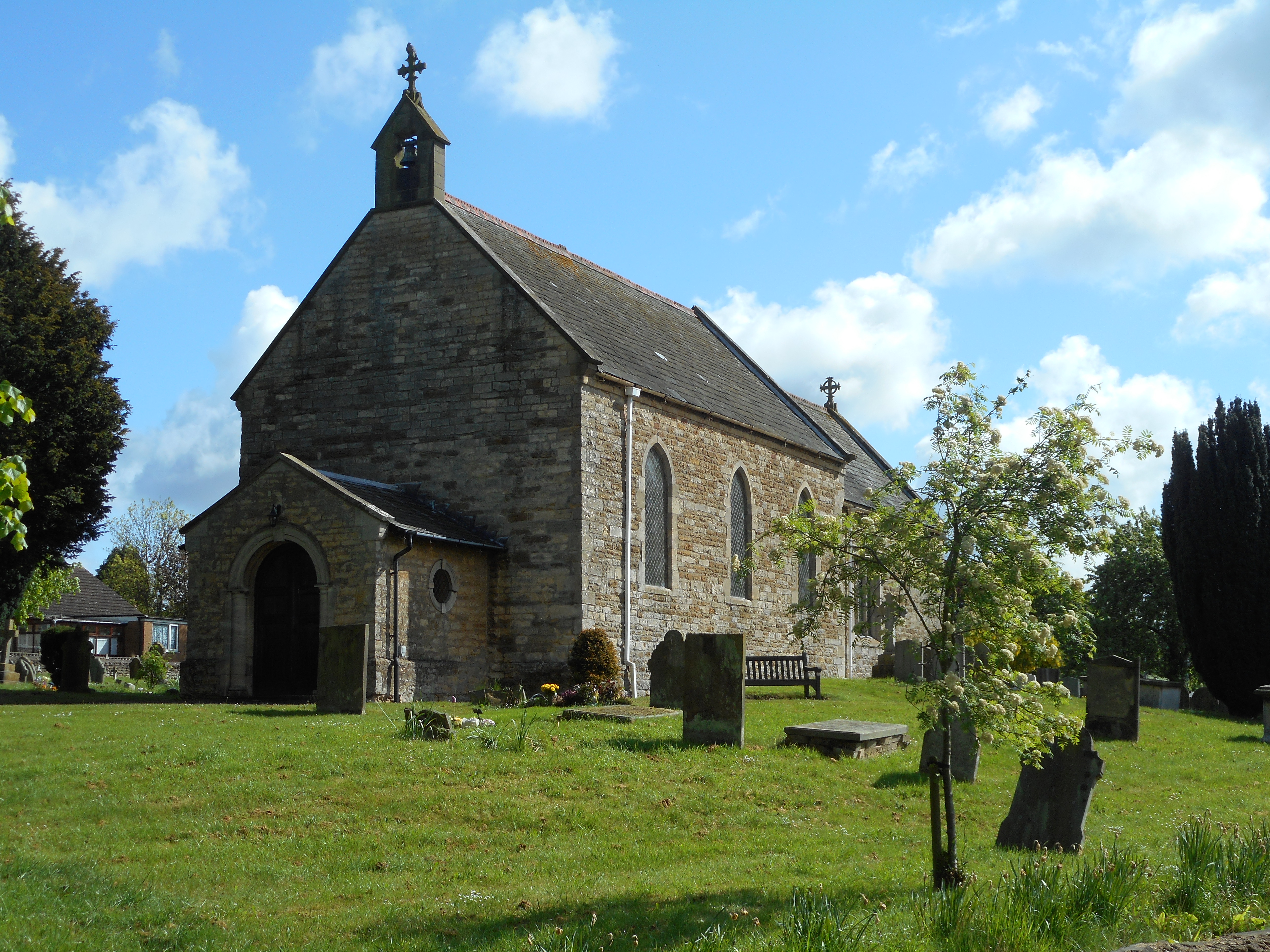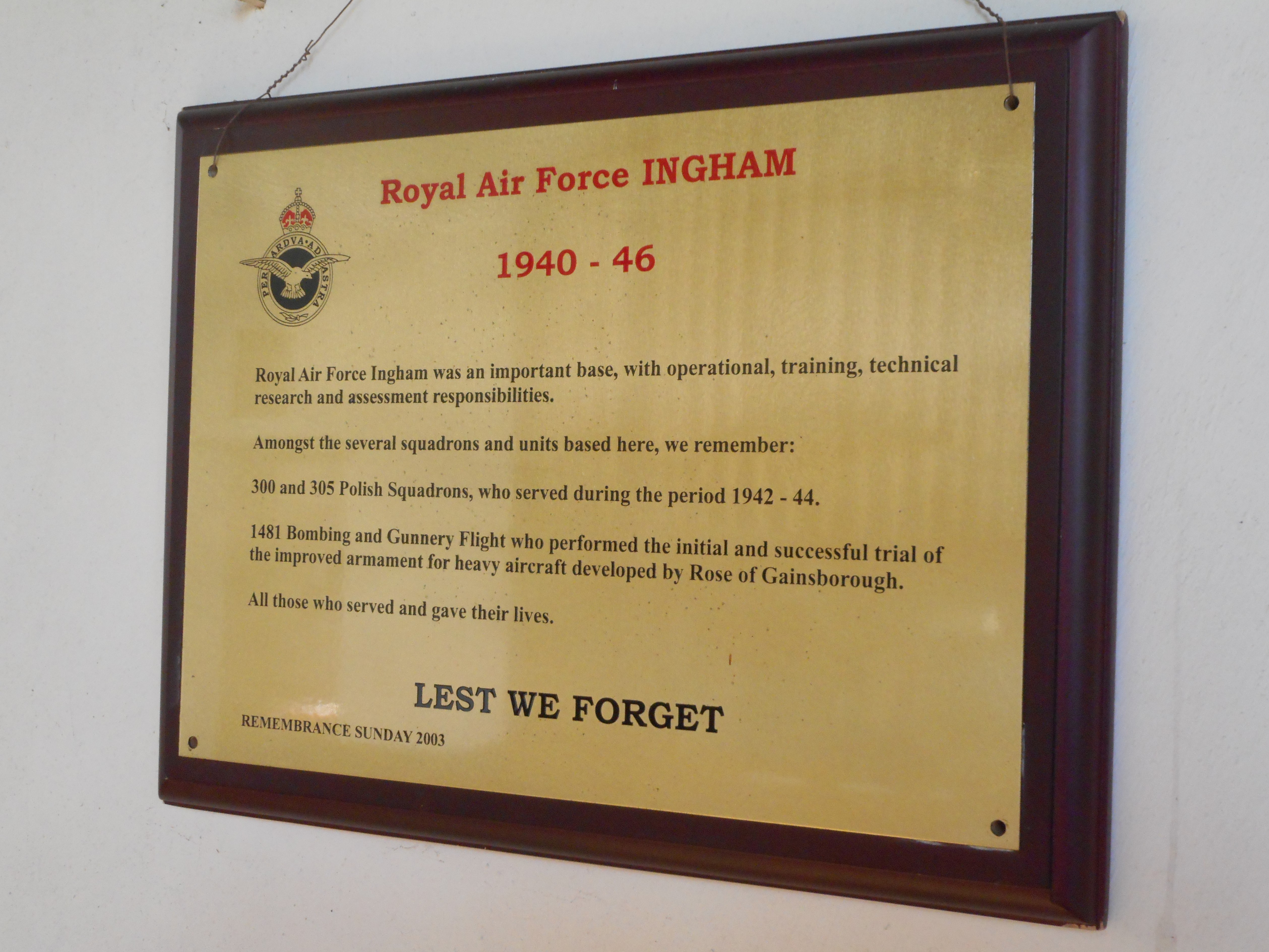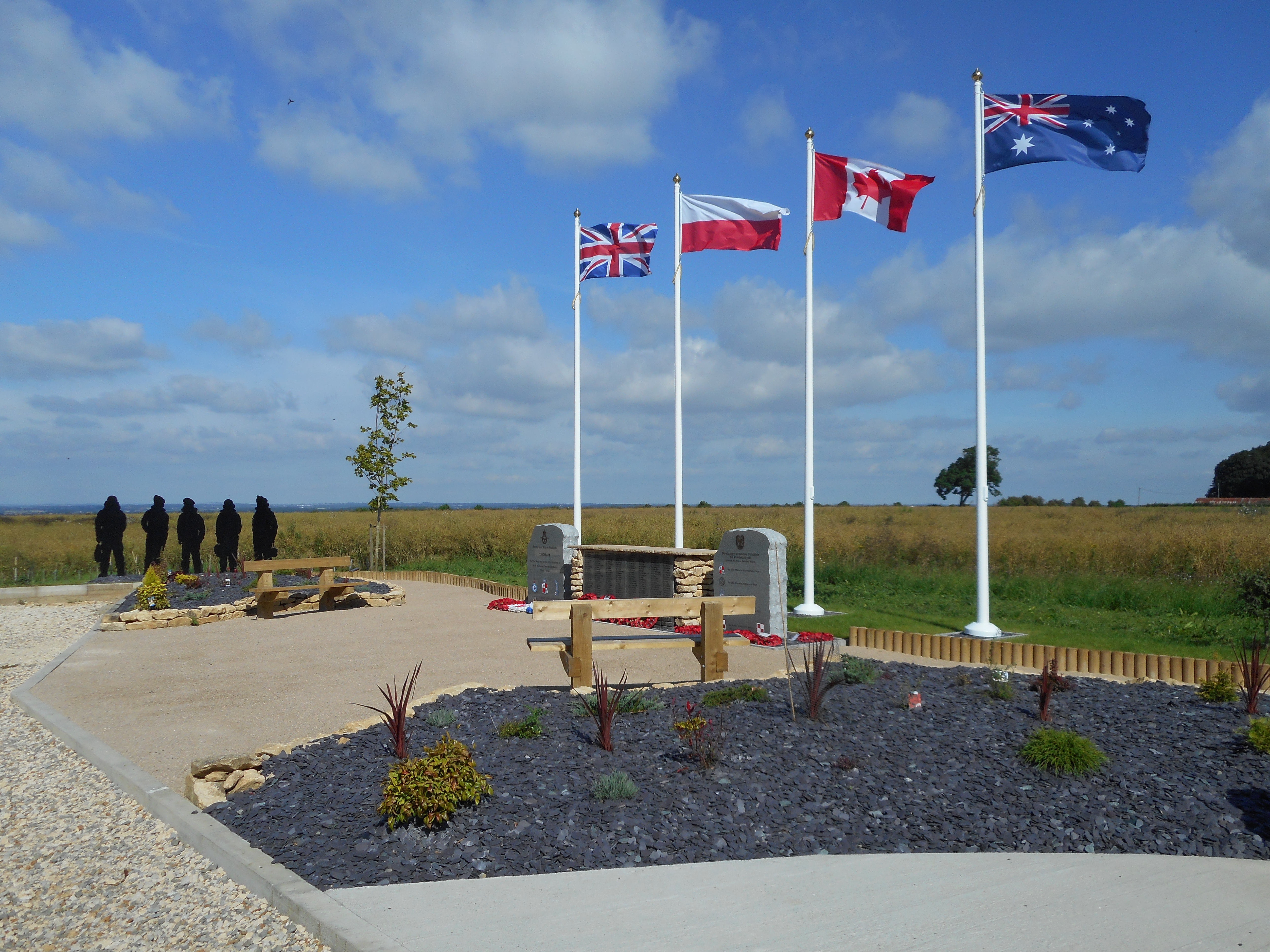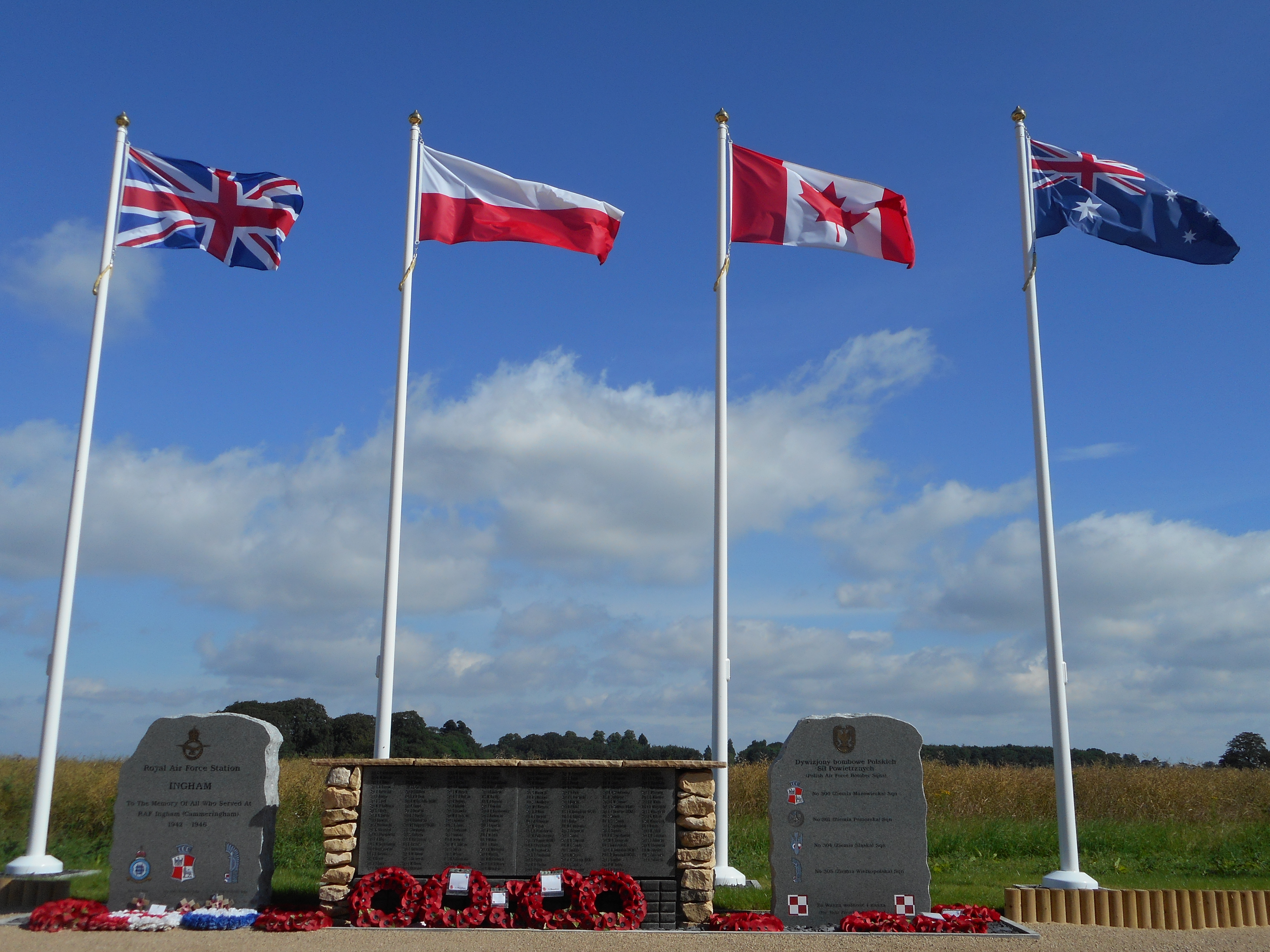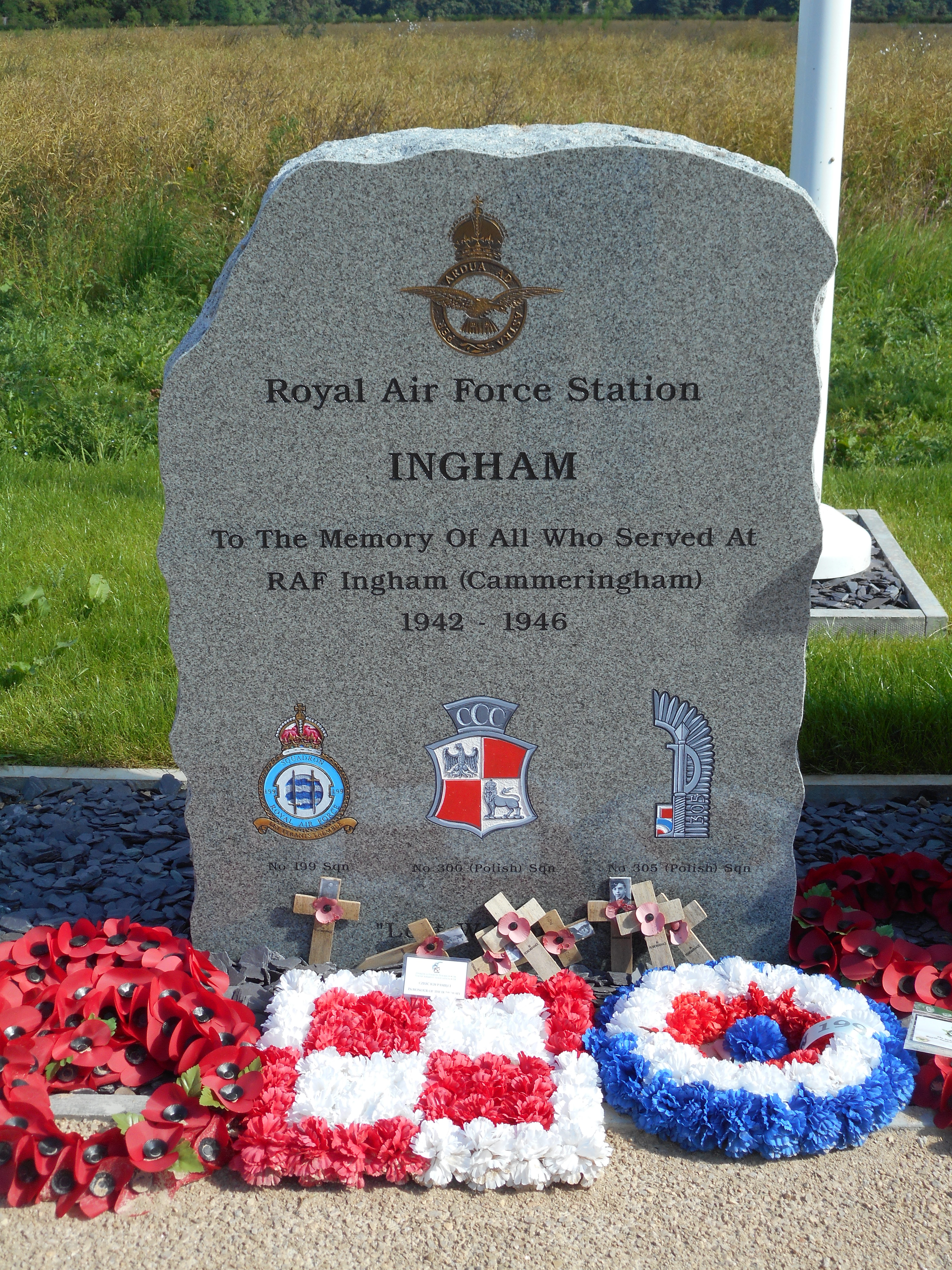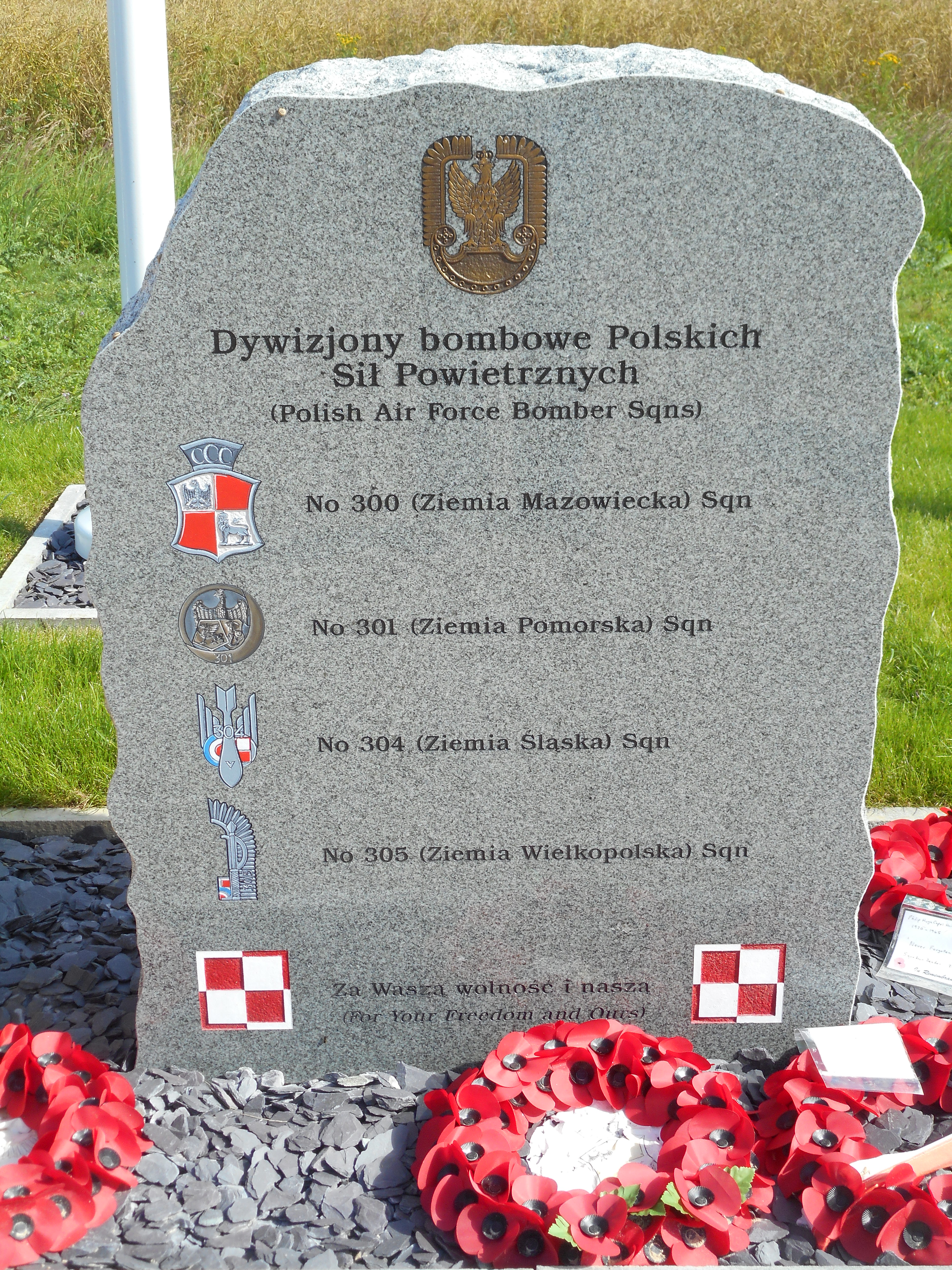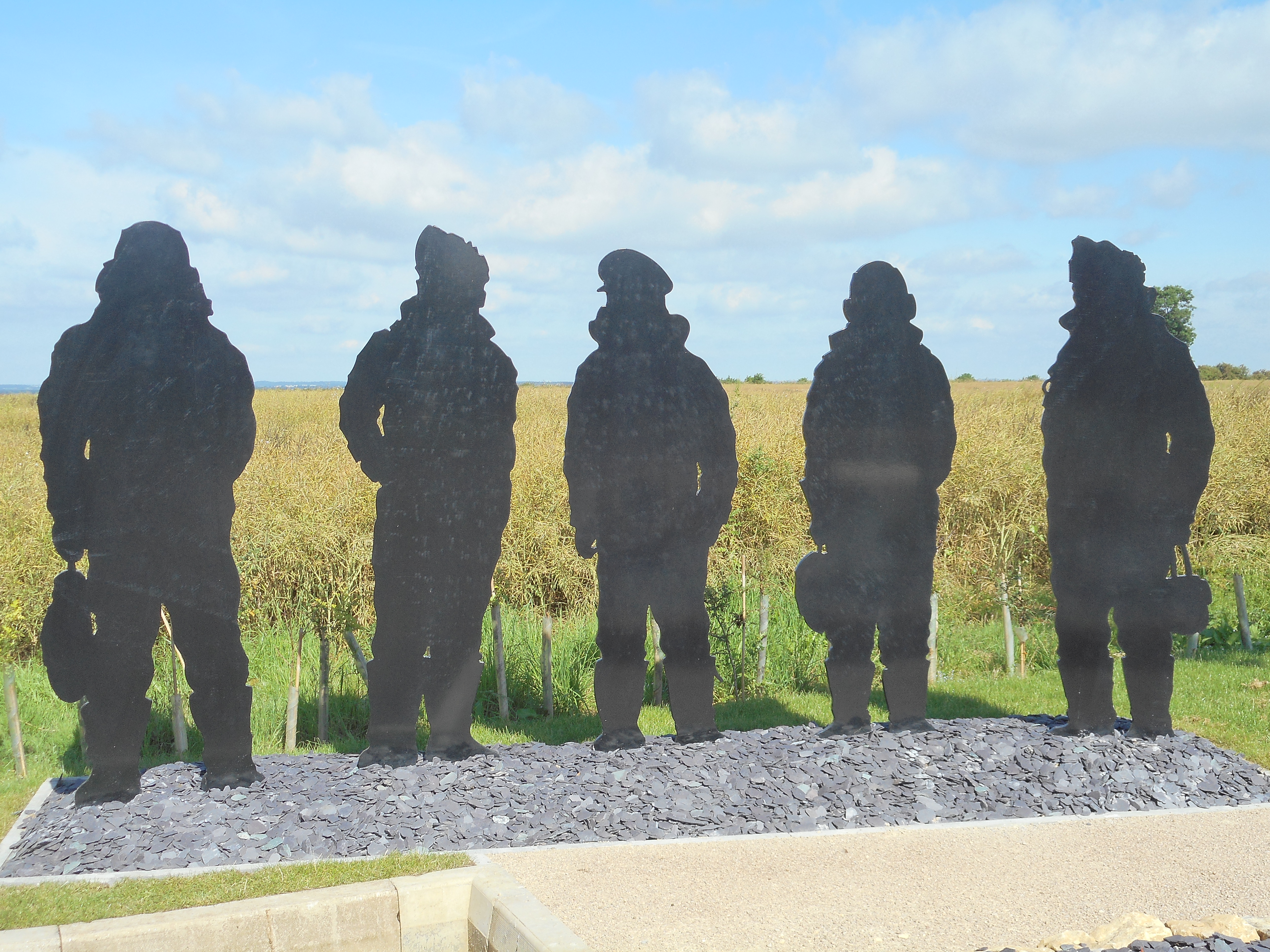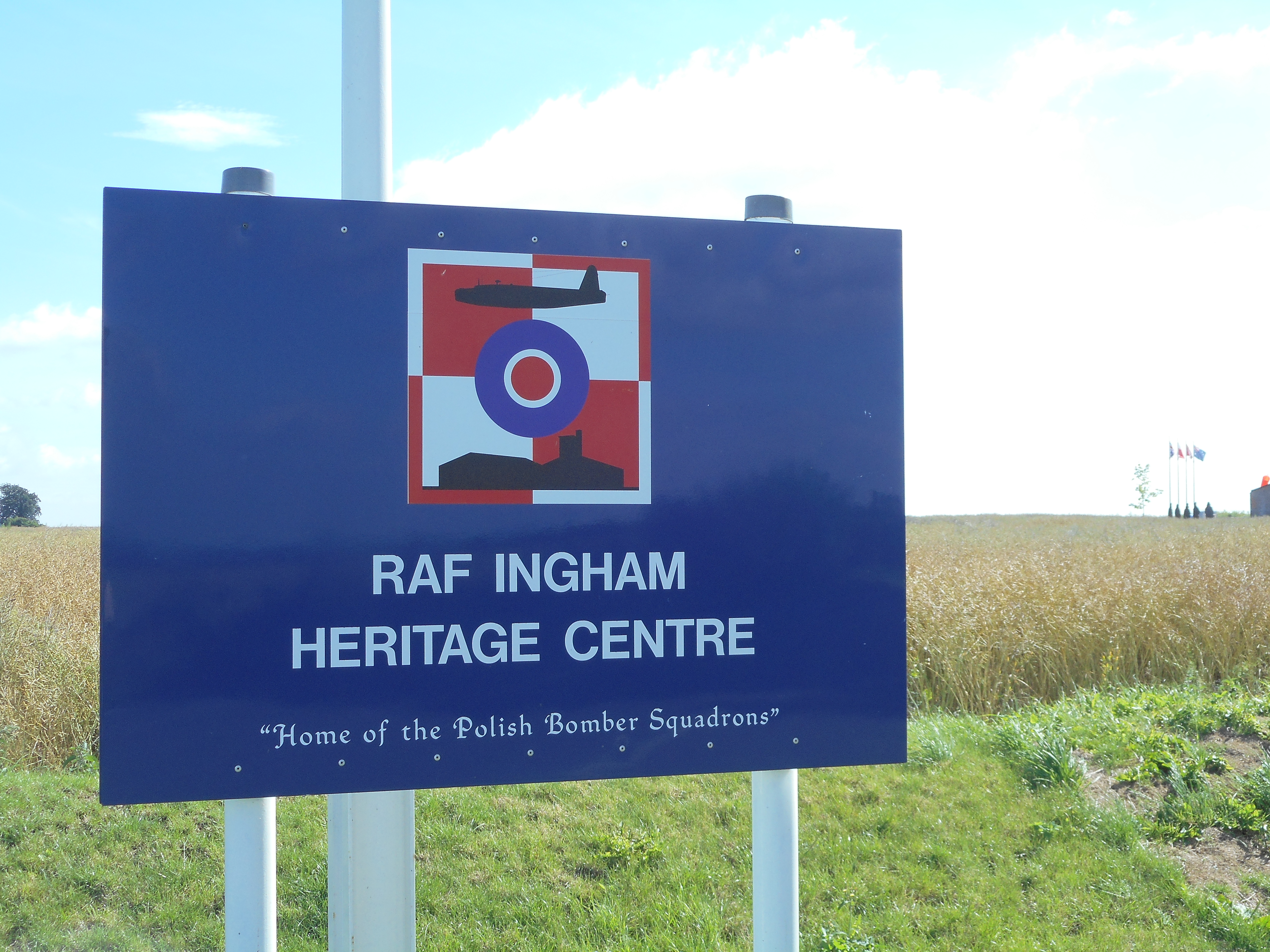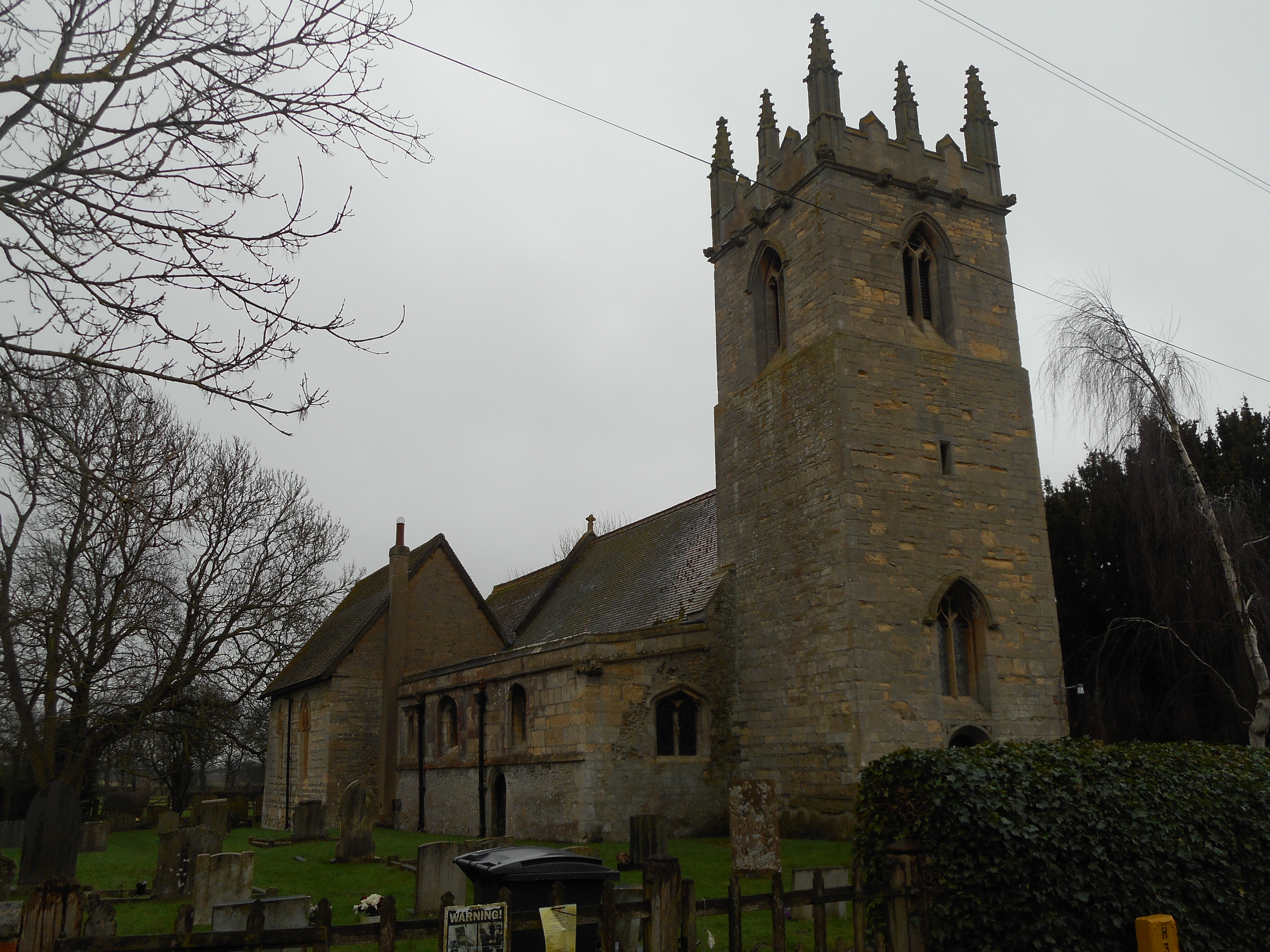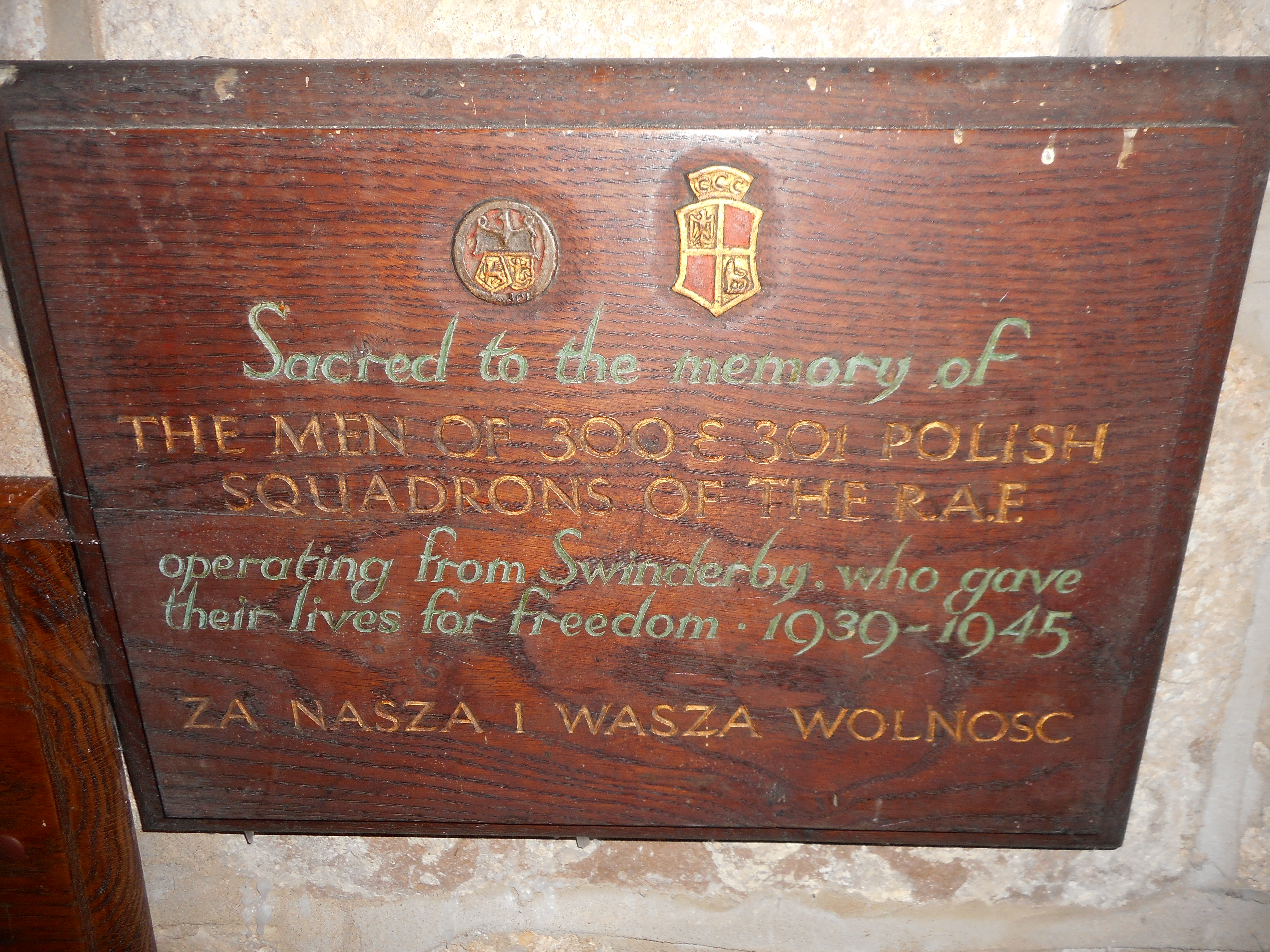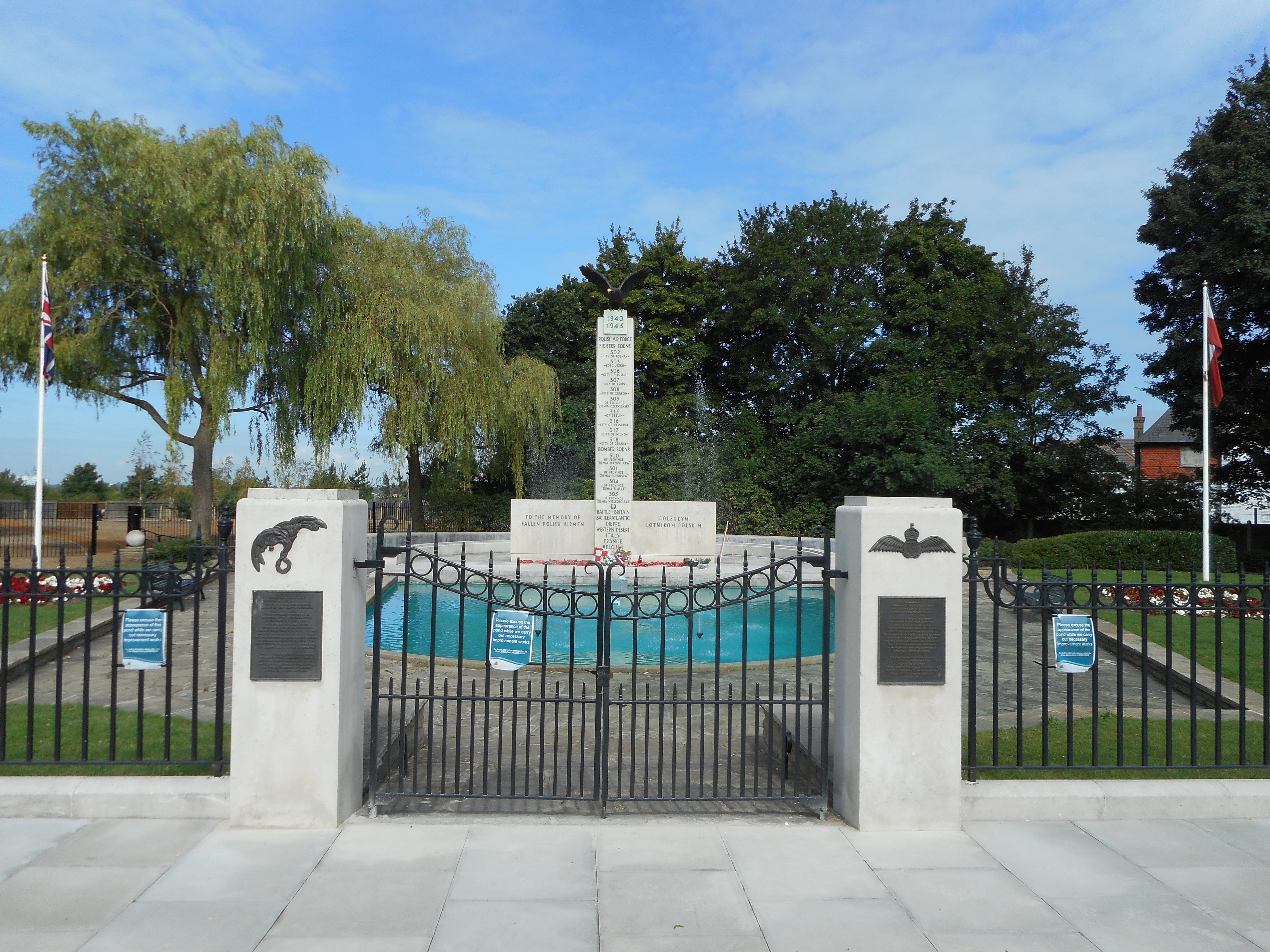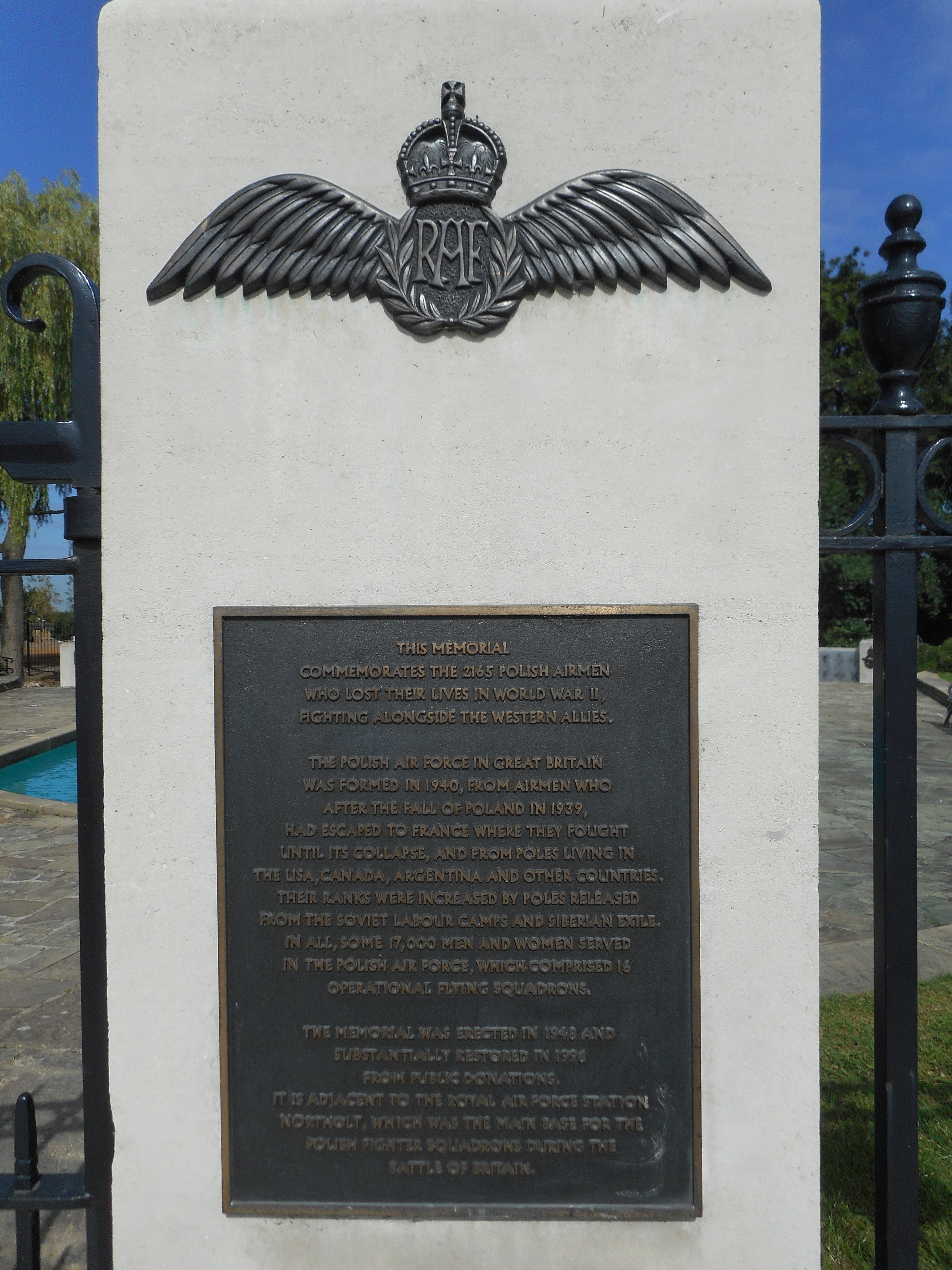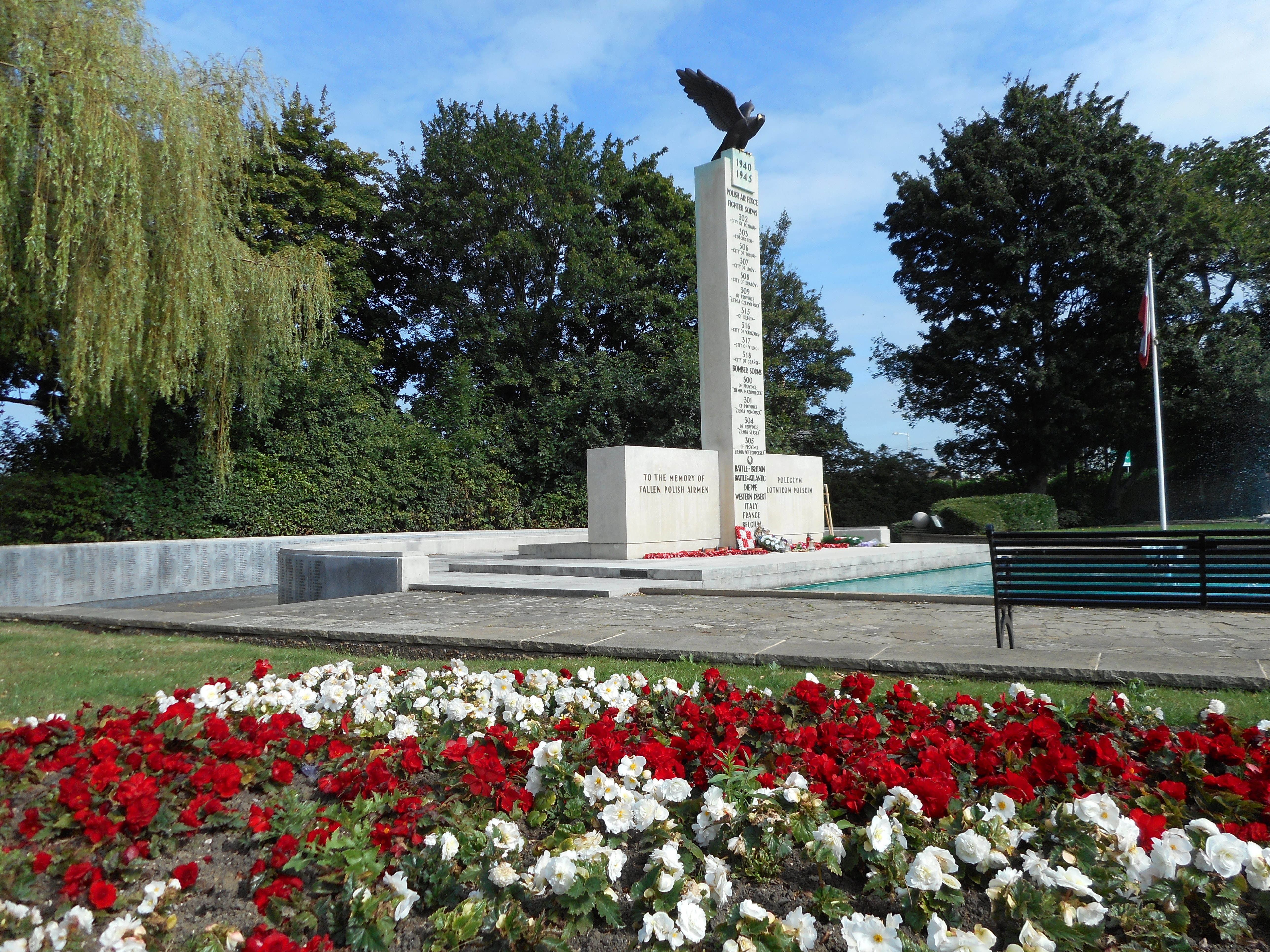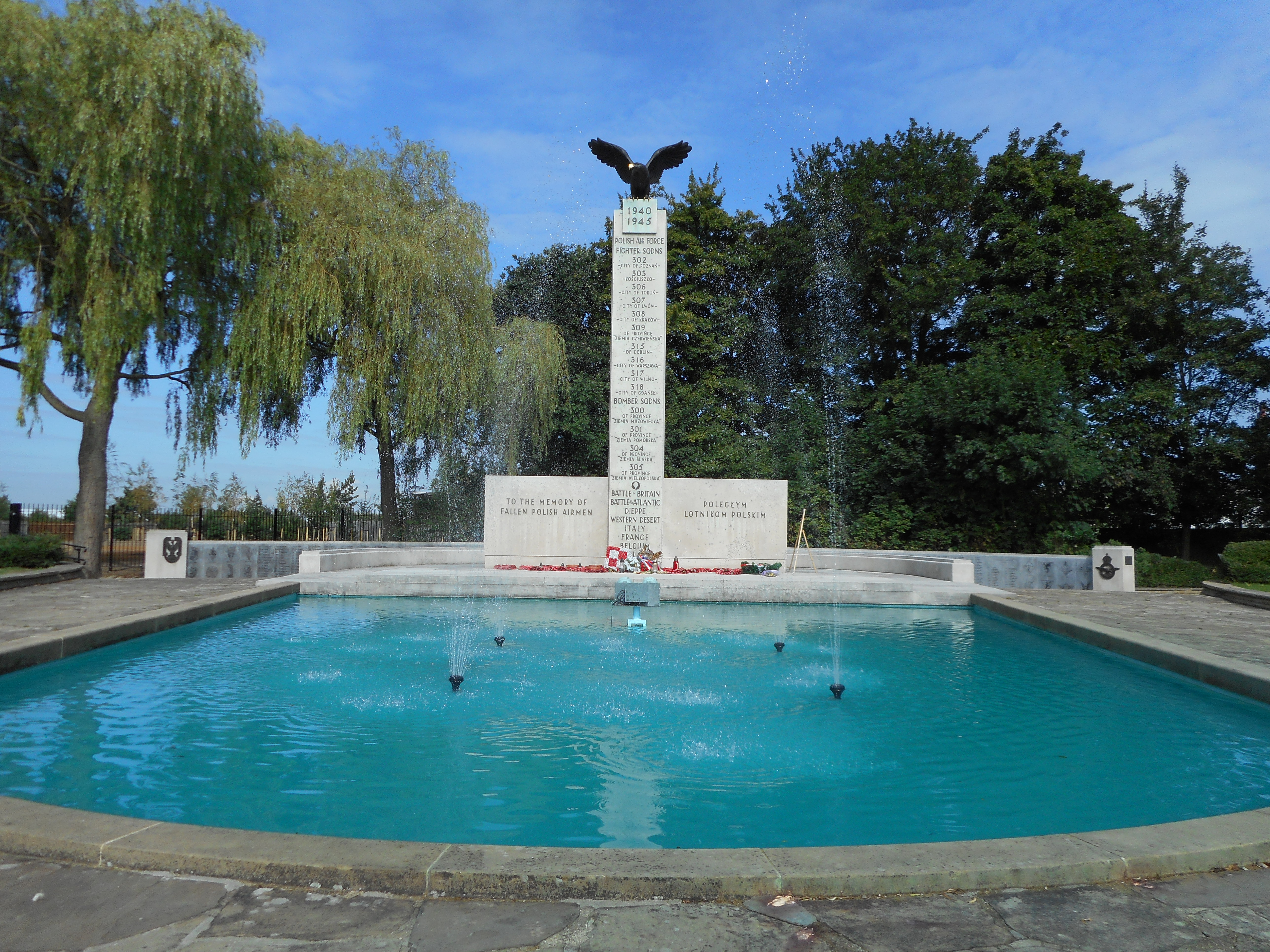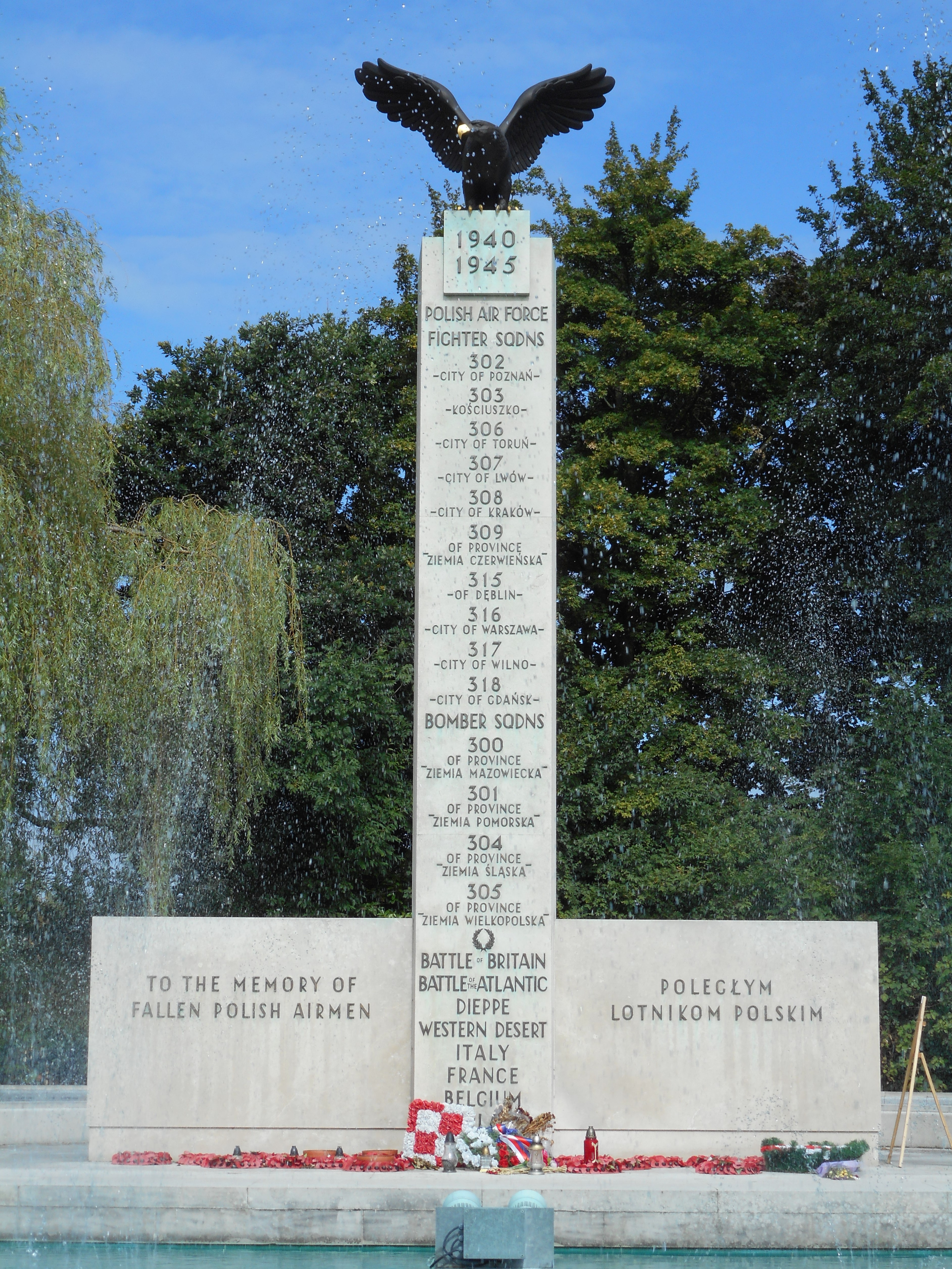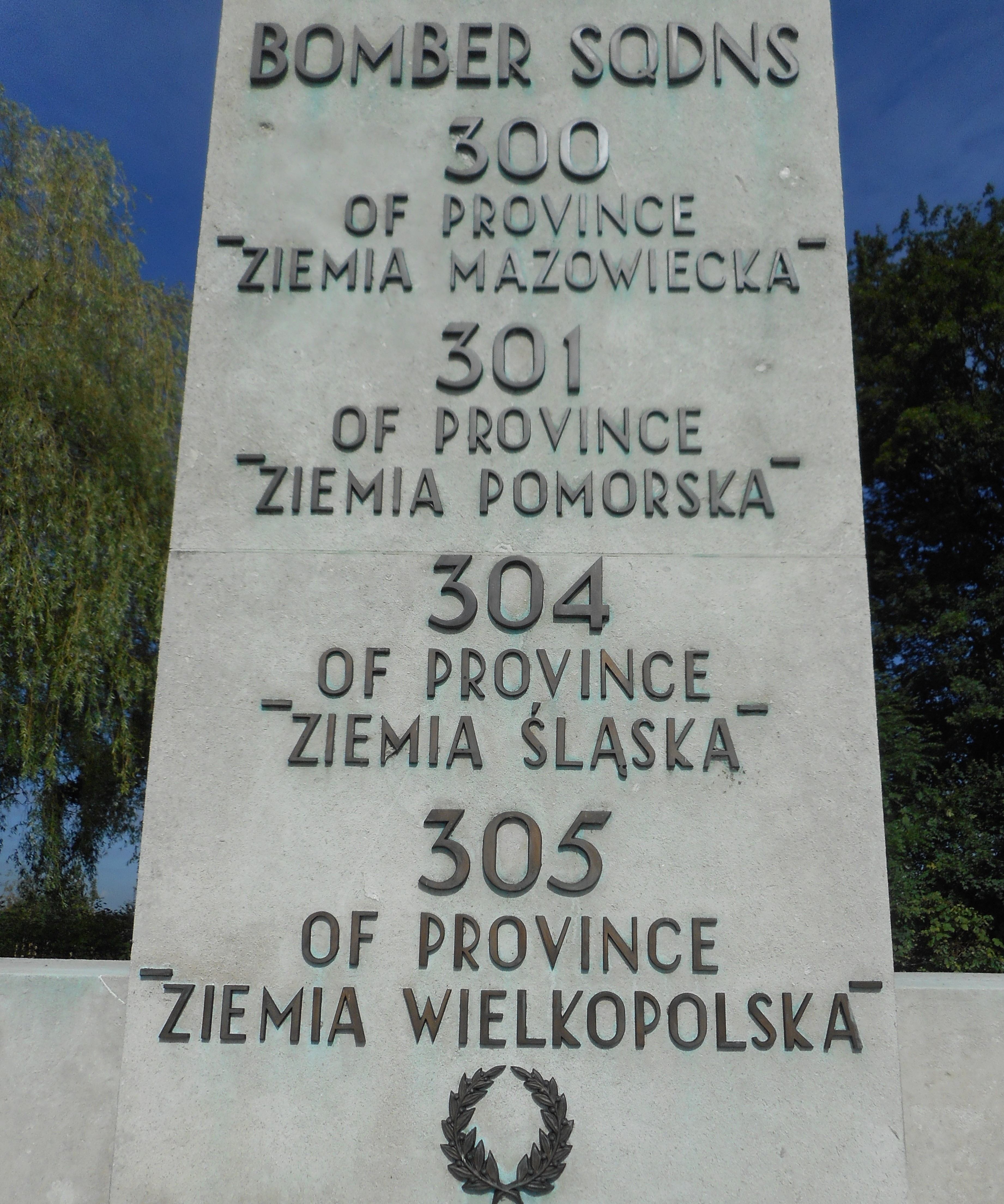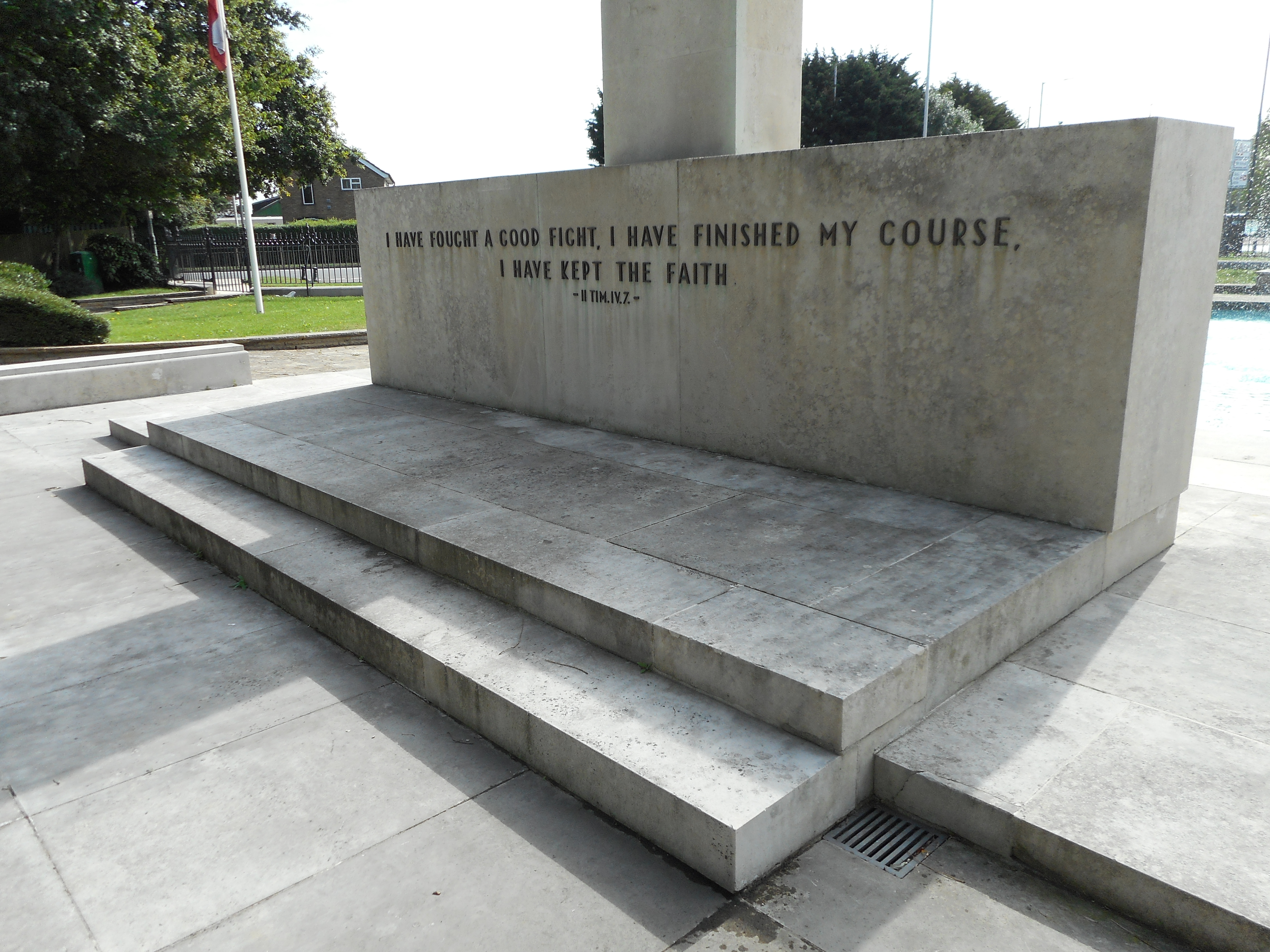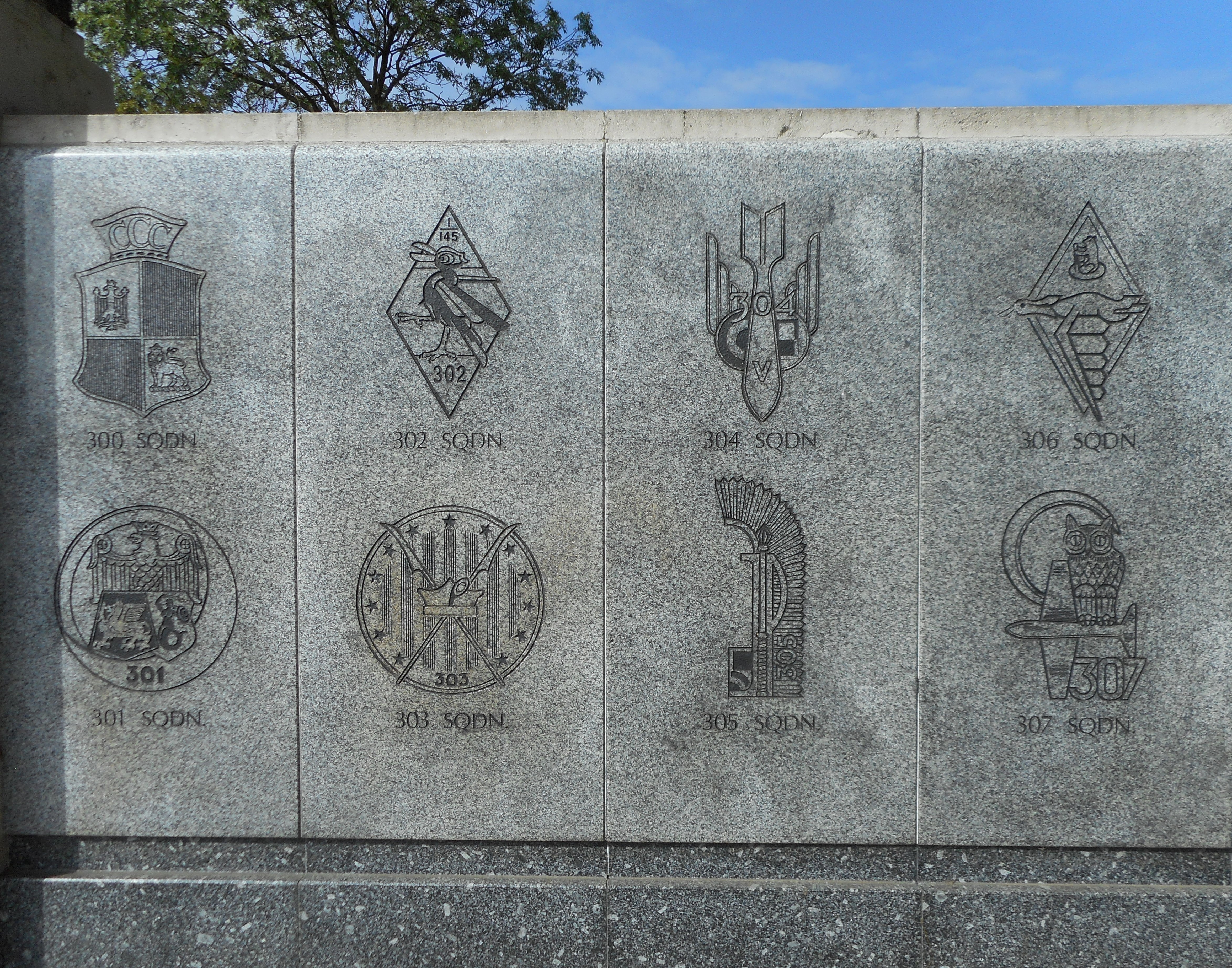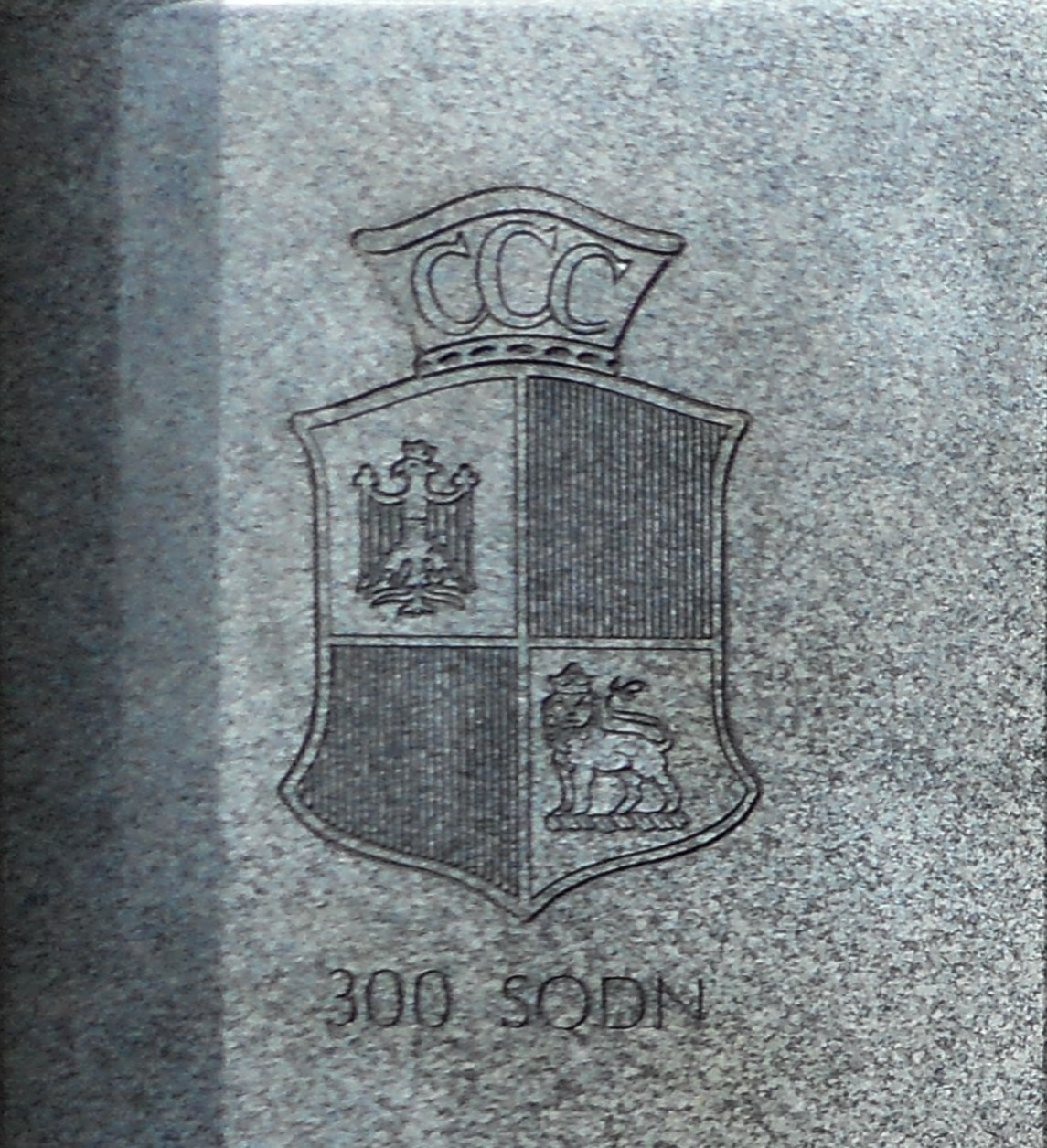| Lincolnshire Echo of August 13th 1946 reported the inquest into her death, and reported: POLE MURDERED WIFE, SHOT HIMSELF. Letters Read At Rasen Inquest: Woman Wrote Do Not Love You” When the inquest was resumed at Market Rasen last night on the Polish couple who were found dead at Faldingworth R.A.F. station on July 7, letters were read, including one from the husband to the wife, which said: “The time has come for a settlement and the only thing left is one life together or one grave together. Therefore please choose for yourself.” The wife wrote to the husband: “Do not think there is someone else. It is sufficient that I not love you. I do not forget your heavy hands. Do you remember when you wanted to throw me into the river? You will remember in the train you raised your hand and God would not let you do it.” The jury returned a verdict that the husband, 30-years-old Pte, Damian Kulinski, murdered his 28-years-old W.A.A.F. wife, Anastazja Kulinska, and then shot himself. Evidence was given that Kulinski, who had just arrived in this country, from Italy, came to Lincolnshire in search of his wife. When he found her, said witnesses, seemed to be in a state of some excitement. The two were seen to go out together and shots were heard later. The Coroner, Capt. R. H. Helmer, told the jury that the letter from the husband was a most material piece of evidence. In it, he said: “The time has come for a settlement and the only thing left one life together or one grave together. Therefore, please choose for yourself. "For myself, I am not making up and for life together and love as one should as man and wife. Therefore, I recommend that we shake hands. I offer you from my side nothing bad and hope that you will be a good wife." Letter From Friend. The letter from the wife to the husband said that she wanted to be independent and mention was made of a divorce. A third letter, from the wife to a man described as her friend, said: “When I receive a letter from you and read it I feel that I am near you and feel that I am pressing myself to you. I feel your lips so desiring against mine. I cannot forget you." A letter to the wife, which was also read, stated: "I cannot be with you more than 10 days because I am visiting friend of mine at Market Rasen. I am waiting for the moment I can see you. You should have received four letters last week." Flight-Lieut. Edward F. Johnson, of Dunholme Lodge, who translated the letters from Polish into English after they had been taken from the effects of the shot couple, said that there were some endearments in the letters which could not be translated. Bodies Found. Leonarda Kornilowicz, one of the W.A.A.F.s who gave evidence, said that she had known Anastazja Kulinska three or four years and as far as she knew she did not fear her husband. She knew that Kulinska was friendly with a sergeant about two years ago- but he went away a fairly long time ago and the husband did not seem have any cause for jealousy. When Anastazja learned that her husband had come to the camp she seemed quite merry,” said the witness. “She said, I will tell him off and get it over once and for all.” Several W.A.A.F.s described how Kulinska went into her hut to get ready to go out with her husband when he arrived at the station and asked for her. When midnight arrived and she had not returned, an N.C.O. in her hut telephoned the station police and urged that immediate search for her should made. The police refused do anything til morning. “The girls were worried”, said one W.A.A.F. “Next morning at 6 o’clock the girls went out to look for her and it was W.A.A.F. Nedzik who found the bodies near the pumping station. Professor James M. Webster, forensic professor at Birmingham University, demonstrated to the jury his theory as how the three shots were fired. The woman, he said, was lying face downwards with her hands to her face. She had been shot from the back, he added. The woman was shot twice the professor explained, and the shot which killed the man was fired an appreciable time after the first two shots. There was no evidence of any struggle. An interesting point was that the man had gripped the revolver tightly at a time when his hand was sweating that distinct imprint of the handle had been left on his hand. Terrible Dispute. The Coroner: You are perfectly satisfied that this man shot himself and that nobody else shot him? Yes. The Coroner, referring to the letters in his summing-up, observed: “Whoever this boy friend was, he was obviously much more than an acquaintance. There was a great deal of almost more than affection between them. Had the husband got to know something of this? He might or he might not. There is not sufficient evidence to tell.” “It for the jury,’’ said the Coroner, "to decide whether there was a terrible dispute between them. You have heard that two shots were fired close together and one shot fired some time afterwards. You have heard that the man was found gripping the revolver with a tightness sufficient to impress the outline upon his hand. "Was there battle royal between them? Did she madden him to such a degree that he lost control? Are these the actions of a man who lost control or did the man realise what he was doing? If he did realise what he was doing, he was guilty of murder." |
